Coronavirus blah blah blah. Glastonbury cancelled. What to do? Didn’t go to the 2010 festival for reasons too tedious to go into. Suffered the worst FOMO of my life. This is different. There is no Glastonbury. But sitting around at home… we’ve all been doing that for months…
I call Don Carlton, who has been my fellow adventurer for eight of the last 10 Glastonburys: “Hey Don, we’ve got to do something that weekend, but I don’t know what…”
“I have a plan,” he says.
It is Thursday 25th June 2020.
T-minus two days until Don Carlton’s plan kicks in. I’ve just driven for four-and-a-half hours on the hottest day of the year, stuck in traffic on the M25, the lot. Perfect! Conceptually, the journey down to Pilton is completed. Time for the festival to begin. Only I’m back home, and the festival is virtual. I sit in front of my laptop, speakers up for the Green Fields Opening Ceremony.
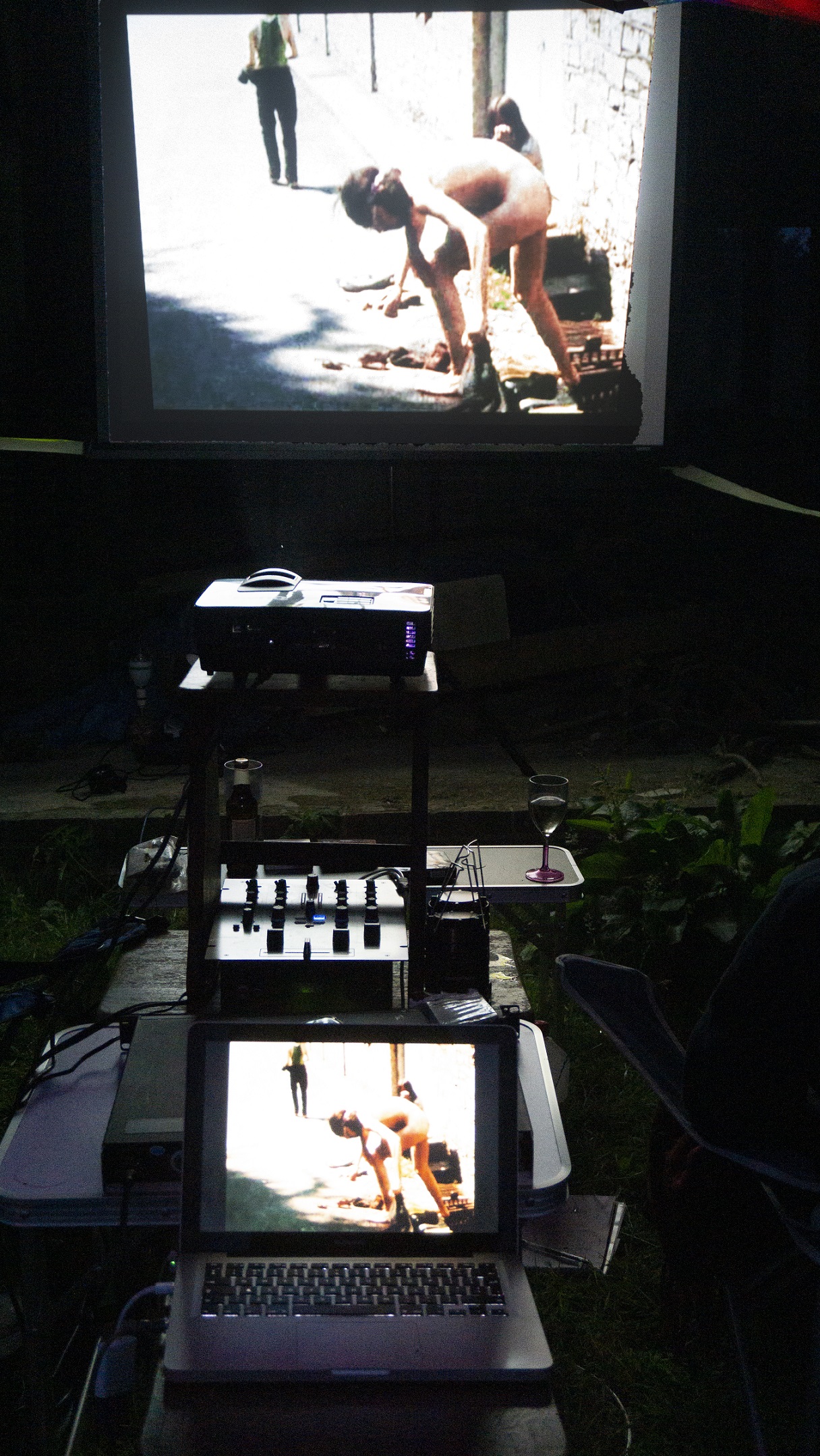 A lady called Louise Kleboe in a hippy-glam green dress is standing on a jetty by a lake singing an operatic number called “A Real Force of Nature”, with driving strings scything behind her voice. She has opened the Green Fields at the last two festivals. It’s bombastic. Makes me think of Arnold Schwarzenegger climbing a mountain, fighting the elements, under gunfire, in slo’mo’, rather than yurts housing woodcraft.
A lady called Louise Kleboe in a hippy-glam green dress is standing on a jetty by a lake singing an operatic number called “A Real Force of Nature”, with driving strings scything behind her voice. She has opened the Green Fields at the last two festivals. It’s bombastic. Makes me think of Arnold Schwarzenegger climbing a mountain, fighting the elements, under gunfire, in slo’mo’, rather than yurts housing woodcraft.
Twenty-two minutes later, as the ceremony ends, I’ve been told to “tread gently on the Earth” and “breathe deeply of the air”; I have attempted and failed to meditate with blissed out, candle-lit, bowl-playing Sophie and Tim Knock of the Peace Dome crew; I have observed the Hiroshima Peace Flame; I have received a smoke blessing; I have watched fire dancers.
An enthusiastic commenter on YouTube says, “Wow! Binaural heartbeat!”
You’d think all this would send me screaming to the hills but it doesn’t. I scroll down the many click-throughs on Glastonbury’s website, watch ebullient films the William’s Green stage have created, perhaps the best thing there, home-shot footage mingling with clips of previous years and other bits. I pootle around the V&A’s Glastonbury archive. I watch Wizard-looking Bristolian allotment activist Mike Feingold holding forth on the Permaculture Garden. It’s all richly curated and likeable but it isn’t filling the gaping hole. Memory might. My mind wanders, daydreams, backwards, backwards, 30 years backwards…
It is Thursday 21st June 1990.
Around midnight. I am in the back of a pale blue Volkswagen Caravelle campervan travelling down drizzly Somerset country lanes. I have been persuaded to go to Glastonbury Festival for the first time by my sister Quail and my on/off girlfriend Emmeline. We are being given a lift by Emmeline’s friend Harriet (who’s not keen on me, nor I her - Laura Ashley arty, snooty and upwardly mobile). I am 22 years old (the same age my then-unconceived older daughter will be in 2020). At my feet, there’s an almost empty box of Waitrose Strong Lager, gold tinnies, basically presented. At 4.9%, they are not strong at all. I have systematically worked my way through them and am on the last one.
The van’s tinny sound system, bass-end struggling with the kick-drum, farts out a compilation of “acid house”. That’s what we call it all back then, whether Balearic chillage or early techno. Drum & bass does not yet exist. It’s that long ago. Pleistocene, man. Royal House’s cut-up “Get Funky” cheap and cheerfully chugs along. It’s probably a Deep Heat cassette compilation. The van is full of people who, aside from Quail, Emmeline and driver Harriet, I’ve long forgotten, both faces and names. We’re chatting excitedly, anticipatory. Rain is pelting against the windows, rods of it flashing in queued car headlights on this warm summer night.
 I was up early this morning rolling spliffs. There’s a plastic sliced-bread bag full of them stashed down the front of my grey-black Levi’s 501s (jean bottoms rolled up twice above a pair of eight-eyed Doctor Marten boots). But I am not allowed to smoke yet. Everyone’s terrified of the Old Bill. They have a point. Word is that the police creep about these lanes randomly ruining everyone’s buzz. And it’s 1990 - they’d prosecute you for a crappy amount of “persie” if they were in the mood.
I was up early this morning rolling spliffs. There’s a plastic sliced-bread bag full of them stashed down the front of my grey-black Levi’s 501s (jean bottoms rolled up twice above a pair of eight-eyed Doctor Marten boots). But I am not allowed to smoke yet. Everyone’s terrified of the Old Bill. They have a point. Word is that the police creep about these lanes randomly ruining everyone’s buzz. And it’s 1990 - they’d prosecute you for a crappy amount of “persie” if they were in the mood.
We’re in these lanes for four hours, stuck in the queue until around 3.00 AM, peeing in the hedges, laughing it up, not bothered (well, except Harriet). I open a bottle of Thunderbird fortified wine, 13% alcohol garbage, a brand that within two years I will never touch again. I get through half of it when suddenly we’re there. Little do I know it, but this is the first year Glastonbury has a “car parking team”; we’re guided to a halt by a drenched figure in hi-vis (though that wasn’t a word then) and leave the vehicle. Soaked by gunning rain, we trek around in the dark until we find a camping plot in Cockmill Meadow (uphill north-east of the Pyramid: it would be my preferred spot all the way through the Nineties… until one year I turned up and was disgruntled to find it had become Family Camping and I was no longer welcome).
My tent is a large, old family one that will be destroyed two years and two months later by a sea squall on Beer Head in Devon. It’s a large, blue canvas box built around aluminium poles, and surprisingly easy to erect, despite the darkness and rain. Once ensconced, I share a hash spliff with Emmeline, it’s rich hashy odour mingling with faint remnants of patchouli (me) and Calvin Klein’s Obsession (her). I lie back in my cheap sleeping bag, no roll-mat, just the ground-sheet and hard turf beneath. Who cares! For all practical purposes, the fucking internet doesn’t exist, thank Christ, and nor do mobile phones, we’re heading into the wild and selfies be damned. I even have hair still. Whatever will Friday hold?
It is Friday 26th June 2020.
T-minus one day until Don Carlton’s plan kicks in. Finetime is in my living room. That is not an abstract euphemism. I’ve attended five of the last six Glastonburys in his company. We’re going to drink wine and watch four of the multiple performances the BBC has made available on iPlayer. It’s yet to be decided which, but we start, for no good reason, with Lorde from 2017. The Kiwi pop star now seems a direct progenitor of Christine and the Queens.
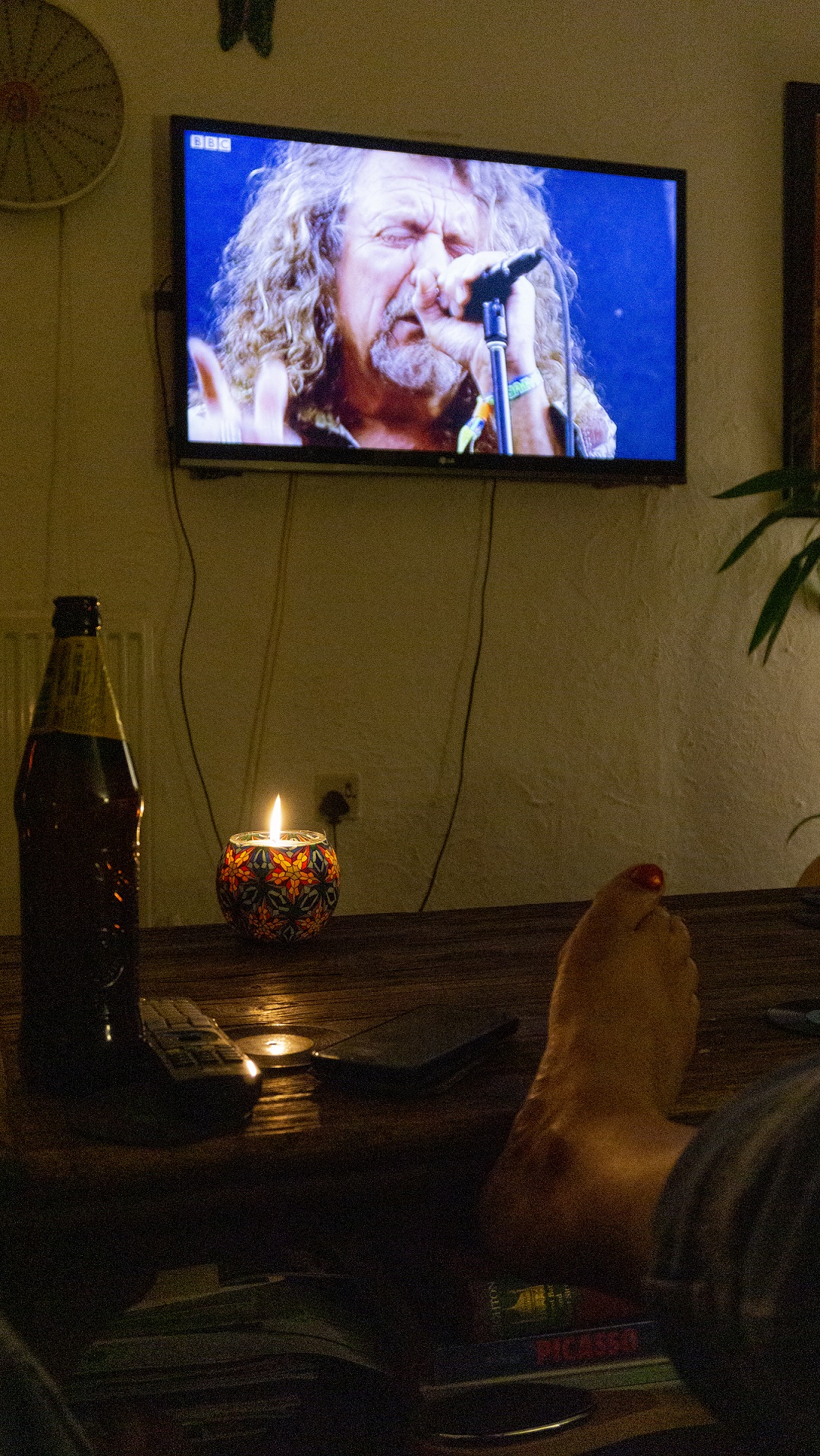 “In my head the visions never stop,” sings Lorde. I know how she feels. Clad in a black bodysuit with white trainers, she performs in front of – and occasionally in – what looks like a windowed shipping crate that contains actor-dancers and tilts about via hydraulics. I wonder aloud why we didn’t see this at the time, then recollect (as you can read here ) that I waited forever on the outskirts of the site for Finetime’s arrival. He was severely delayed due to leaving for Glastonbury AFTER WORK on a Friday because, and I quote, “I can’t let my colleagues down this time.”
“In my head the visions never stop,” sings Lorde. I know how she feels. Clad in a black bodysuit with white trainers, she performs in front of – and occasionally in – what looks like a windowed shipping crate that contains actor-dancers and tilts about via hydraulics. I wonder aloud why we didn’t see this at the time, then recollect (as you can read here ) that I waited forever on the outskirts of the site for Finetime’s arrival. He was severely delayed due to leaving for Glastonbury AFTER WORK on a Friday because, and I quote, “I can’t let my colleagues down this time.”
I ask him if he would stand by that decision now. He doesn’t answer, just laughs. He’s not even at that job anymore. The famous line about no-one wishing on their deathbed that they’d spent more time in the office springs to mind. About three-quarters of the way though Lorde, we transfer our attentions to Robert Plant’s set from 2014. It was our highlight of the festival (as you can see here) but when I arrived home people told me it was dull on TV compared to Jack White, who was on immediately after.
For Finetime and I it was a journey from pelting rain to bright sunshine via global grooves and percussively funkin’ Led Zep versions, and so it proves. Starts a bit flat, sure, but once he hits a flow, the old lion’s on it. Special mention for guitarist Justin Adams who combines Afro-blues with pure rock’n’roll. Into our second bottle of good red, I’m finally enjoying the coverage, instead of pining to be at the bloody place.
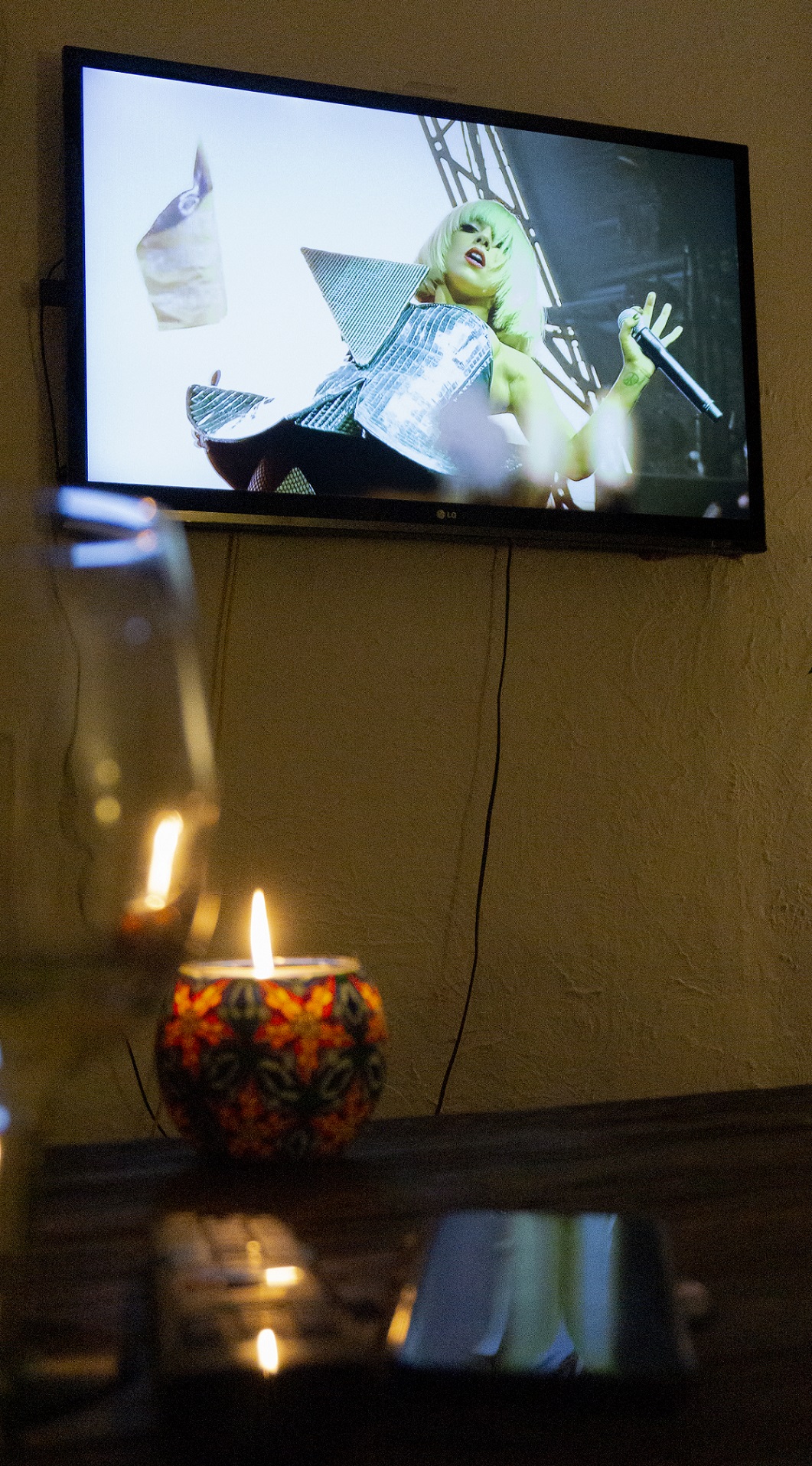 The BBC has a set listed as “Mystery Guest”. In Glastonbury terms, this usually means everyone saying that Prince is on at the Park Stage, only to find it is, for the four zillionth time, Radiohead. Nope, it’s Metallica headlining in 2014. Didn’t do it for me then, and doesn’t now. People have said various artists weren’t suitable as Pyramid headliners over the years but Metallica is the only time I’ve seen play there – a band I’m not averse to, incidentally - and thought, “Musically not a great fit for this field.”
The BBC has a set listed as “Mystery Guest”. In Glastonbury terms, this usually means everyone saying that Prince is on at the Park Stage, only to find it is, for the four zillionth time, Radiohead. Nope, it’s Metallica headlining in 2014. Didn’t do it for me then, and doesn’t now. People have said various artists weren’t suitable as Pyramid headliners over the years but Metallica is the only time I’ve seen play there – a band I’m not averse to, incidentally - and thought, “Musically not a great fit for this field.”
Now our psychic joints are oiled, we plough into Lady Gaga on the Other Stage from 2009. I saw a couple of songs briefly from a distance at the time, but wish I’d become more involved. This is just brilliant. Gaga is at the beginning of her career. Her burlesque showbiz imagery is cheap and trashy, yet garishly fun, like original East Coast glam-punk. Indeed, her sultry, make-up-smeared male band have something of the young New York Dolls about them, only better looking.
A few songs stink – “Boys Boys Boys” whiffs to Euro-cheese heaven – but Gaga has gigantic charisma and such confidence it’s difficult to take the eyes off. Her voice is a foghorn, she plays keytar with her tits brashly on show, doesn’t care a hoot, star essence sassy and challenging, and while numbers such as “Just Dance” and “Paparazzi” hold true, it’s her epic closing version of “Poker Face”, starting with an outrageous display of piano vamping worthy of Jerry Lee Lewis and ending in full electro-pop explosion, that takes the cake.
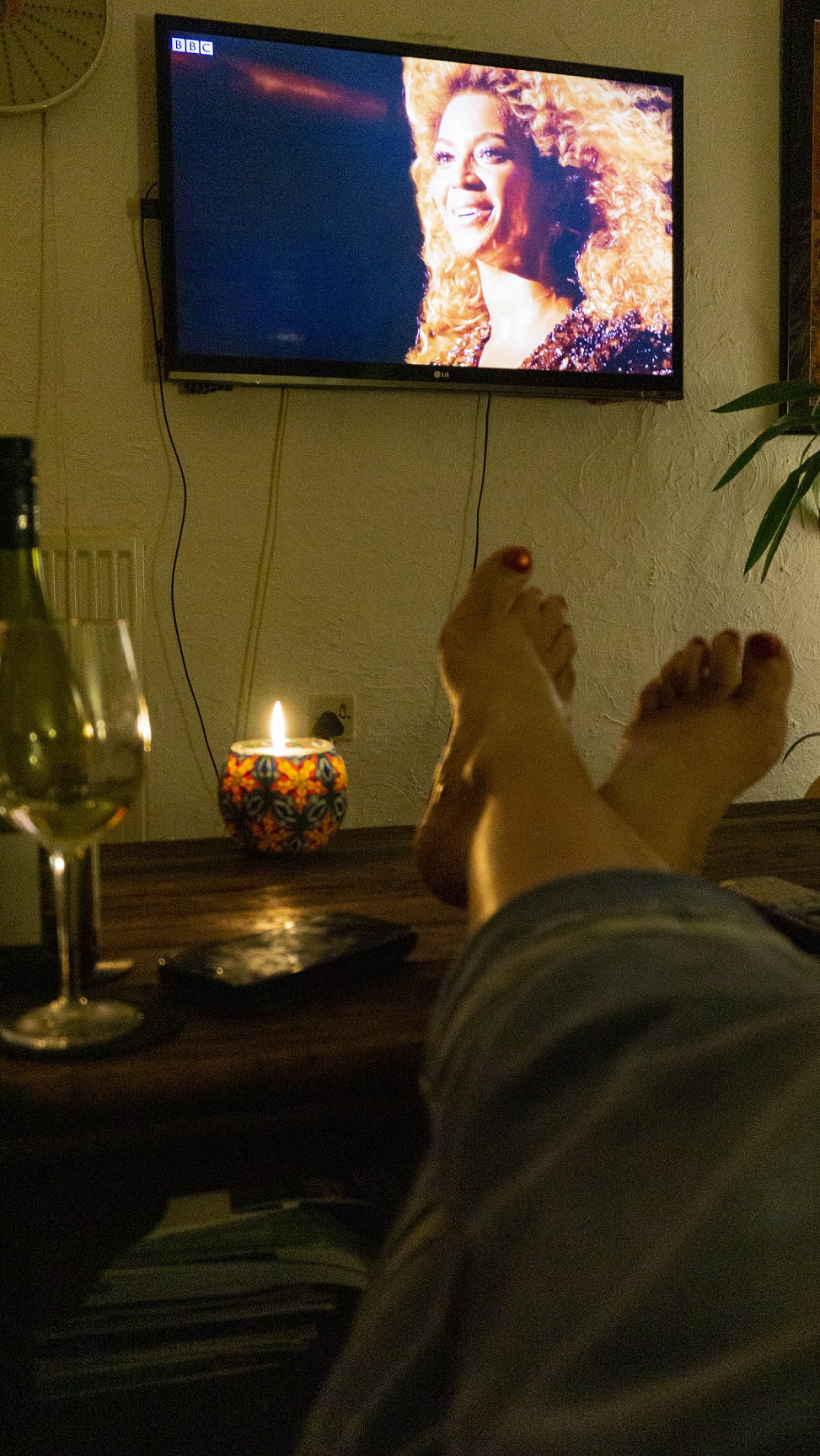 There’s only one way to top this and that’s with one of the greatest Pyramid headliners of all. On Sunday 26th June 2011 Don Carlton and I watched Beyoncé in the flesh in a seldom-achieved state of refreshment (as you can read here). Front-loading her set with fireworks and her two biggest songs, “Crazy in Love” and “Single Ladies (Put a Ring on It)”, would be dangerous for most but Beyoncé’s easy-going sense of control over everything is infectious, her dynamic showmanship combines with a bright-eyed, convivial human warmth that carries.
There’s only one way to top this and that’s with one of the greatest Pyramid headliners of all. On Sunday 26th June 2011 Don Carlton and I watched Beyoncé in the flesh in a seldom-achieved state of refreshment (as you can read here). Front-loading her set with fireworks and her two biggest songs, “Crazy in Love” and “Single Ladies (Put a Ring on It)”, would be dangerous for most but Beyoncé’s easy-going sense of control over everything is infectious, her dynamic showmanship combines with a bright-eyed, convivial human warmth that carries.
The only misfire is a stoned-looking Tricky coming on for “Baby Boy”. He is the proverbial rabbit in the headlights. Stormzy would have eaten that moment up (except he was only 17 at the time!). Prior to a zippy Destiny’s Child medley, she even gets away with playing one of the worst songs of all time, “Sex on Fire” by Kings of Leon, and ends her set on the double-punch of “Girls (Run the World)” and a mighty, anthemic “Halo”. She is simply stunning.
Plant, Gaga, B and a few bottles of wine have raised our mood. Finetime crashes over prior to hooking up with Don tomorrow. We can muster spirit. As I fall into sleep, time melts and weaves its spell. I travel back, back, back…
It is Friday 22nd June 1990.
My sister and I wake up around 11.00 AM to watery light and watery ground, but Cockmill Meadow’s slope is good for drainage. Emmeline stays in her sleeping bag dozing but Quail and I wander down to a yellowing caravan at the bottom of the field which is serving basic fare. We buy two burgers in cheap baps from a sideburned man who looks like he hasn’t slept since the Ark. We lather them in ketchup and slop milk into a paper cup of tea each. A plate of green-looking veggie sausages are taken back for Emmeline who doesn’t eat meat.
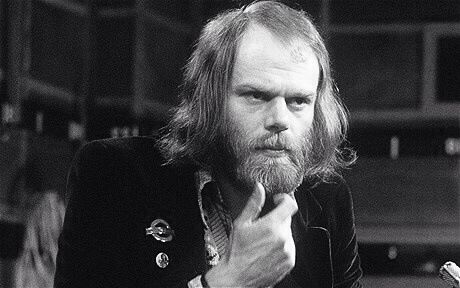 My sister came to Glastonbury last year and has persuaded me I’ll like it. I still have a post-punk-ish animosity towards the idea of it and of “hippies”. By this I don’t mean your Timothy Learys and your Emmett Grogans – I LOVE those guys – but the brown sort of hippies who listen to Gentle Giant and look like earth-rooted 1970s geography teachers become musty, overgrown and mumbling, as if Old Grey Whistle Test presenter Bob Harris, wearing corduroy flares, were crossed with something lethargic from Tolkien. They exist mostly in my imagination, engendered by a misguided Year Zero ethos and endlessly listening to Malcolm McLarens’ voiceover from The Great Rock’n’Roll Swindle (NB. Some still staunchly maintain this very Eighties perspective 30 years on: by way of evidence, check out this miserable, misleading and mean-spirited LouderThanWar opinion piece).
My sister came to Glastonbury last year and has persuaded me I’ll like it. I still have a post-punk-ish animosity towards the idea of it and of “hippies”. By this I don’t mean your Timothy Learys and your Emmett Grogans – I LOVE those guys – but the brown sort of hippies who listen to Gentle Giant and look like earth-rooted 1970s geography teachers become musty, overgrown and mumbling, as if Old Grey Whistle Test presenter Bob Harris, wearing corduroy flares, were crossed with something lethargic from Tolkien. They exist mostly in my imagination, engendered by a misguided Year Zero ethos and endlessly listening to Malcolm McLarens’ voiceover from The Great Rock’n’Roll Swindle (NB. Some still staunchly maintain this very Eighties perspective 30 years on: by way of evidence, check out this miserable, misleading and mean-spirited LouderThanWar opinion piece).
It’s worth noting that apathy and animosity towards festivals isn’t just about Glastonbury. Festivals are not yet an annual blow-out for millions of Brits. They don’t have a persistent presence in the media outside elements of the music press. Check the archives: the broadsheets first send a reviewer to Glastonbury around the 1990 mark, at the earliest. Even Reading Festival, recalled as a bastion of indie around this time, is only just out of its biker rock years. Festivals are simply not a consideration for most. I started going to them because a housemate was dragged to Reading by his girlfriend and had a blast.
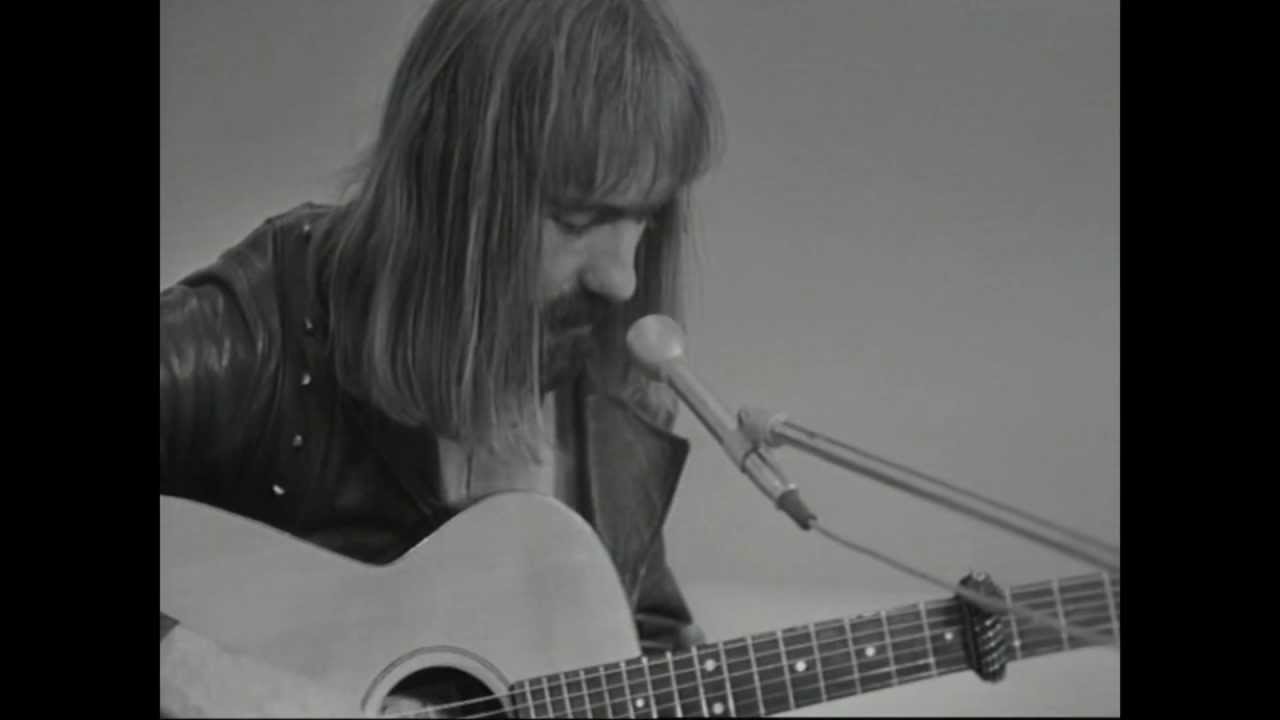 So, yes, I have been to festivals before, notably Reading, but I have not yet understood that you don’t choose a festival primarily because of the bands – although there needs to a be a few that look promising – but for the vibe (maaaan – see, I’m already turning…). Reading certainly offered me The Butthole Surfers, The Ramones, The Cramps et al, whereas the likes of Roy Harper (above left) and World Party are still prime draws here this year. But outside of the sounds, Reading is an adrenalin-fuelled gaggle of pissed teenagers burning stuff and throwing up in a field of rancid fast food vans. Also, this is 1990, I love electronic dance music which, at this point, many of my rockin’ peers – who will later deny this, by the way – still don’t fully “get”. Maybe Glastonbury will contain some? Happy Mondays are playing today, so that’s a start.
So, yes, I have been to festivals before, notably Reading, but I have not yet understood that you don’t choose a festival primarily because of the bands – although there needs to a be a few that look promising – but for the vibe (maaaan – see, I’m already turning…). Reading certainly offered me The Butthole Surfers, The Ramones, The Cramps et al, whereas the likes of Roy Harper (above left) and World Party are still prime draws here this year. But outside of the sounds, Reading is an adrenalin-fuelled gaggle of pissed teenagers burning stuff and throwing up in a field of rancid fast food vans. Also, this is 1990, I love electronic dance music which, at this point, many of my rockin’ peers – who will later deny this, by the way – still don’t fully “get”. Maybe Glastonbury will contain some? Happy Mondays are playing today, so that’s a start.
With no mobile phones, meetings are all arranged before the festival, and for my crew, at fixed times during the weekend, the NME stall, to the left of the Pyramid, is the spot. After our basic breakfast, we hook up there with my old pal Elton. He has the most fantastic mullet I’ve seen in my life, with blonde-dyed sides. Eighties Rob Lowe is an amateur in its shadow. It looks like he’s perched an albino-furred skunk on his head. The NME stall gives us all purple badges that say “NME 24 Hour Party People”. I pin mine on the lapel of my Merchant Navy jacket.
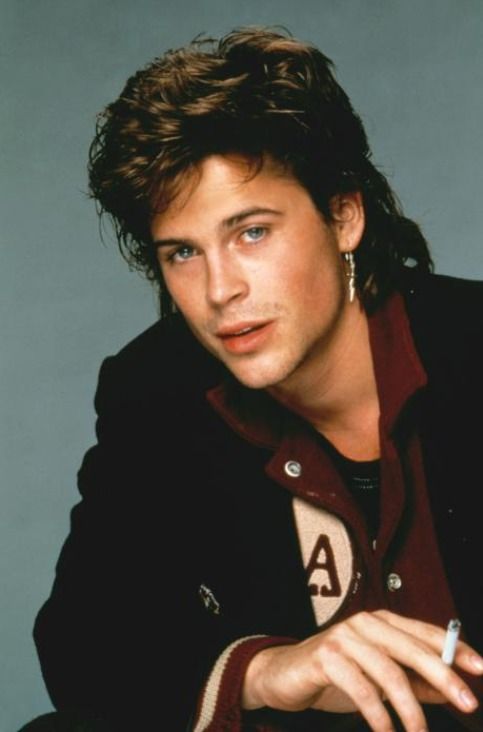 We walk towards a pale blue double-decker bus with apple trees and clouds painted on it, parked in a nearby grove of trees. It’s open-sided and they are selling scrumpy. We sit around drinking, smoking spliffs. This is the Burrow Hill Cider bus. Its cidery enclave is one of my favourite places in the entire solar system. This is my first visit and, as it happens, their first time at Glastonbury too.
We walk towards a pale blue double-decker bus with apple trees and clouds painted on it, parked in a nearby grove of trees. It’s open-sided and they are selling scrumpy. We sit around drinking, smoking spliffs. This is the Burrow Hill Cider bus. Its cidery enclave is one of my favourite places in the entire solar system. This is my first visit and, as it happens, their first time at Glastonbury too.
A Rastafarian gentleman walks through shouting, “Black ‘ash, black ‘ash.” I am amazed at the blatancy. I am new here. I do not realise this is the first of literally thousands of opportunities to buy drugs in an open, informal and sensible fashion. I thought then and I think now that in 100 years time they will laugh in incomprehension at the bizarre, insane global policies around drug use. Then again, presented with a narco free-for-all, like any sensible person, I reach for my wallet and dive in, all guns blazing.
I buy an overpriced eighth of hash off him. We’re burning through the ready-rolled doobies at a pace.
The nearby Pyramid seems to be mainly phased indie, the idea of which flops by me like a parade of wilting lettuce, the likes of Pale Saints, Lush and Galaxie 500. Actually, I have a soft spot for the latter’s opiated haze, but the sun is casting warmth on the sloppy ground so we want to explore. And miss Adamski in the process. A passing alcohol angel sells us tequila shots which we gleefully gulp.
We walk around the festival. It seems massive but, of course, is much smaller than Glastonbury becomes in the years that follow. Behind the Pyramid, the fields that will one day be the Other Stage, leading towards all the dance areas and beyond, all that isn’t part of the site. At Worthy Farm's southern end, things narrow; the railtrack road on the ridge is there, but only a tiny section is accessible, with no endless plots of night time madness attached to it. And no Park.
There are many less people too; 70,000 officially but actually many, many more who pass easily through the paltry boundary barriers or simply wander in half-watched by dozing stewards. Others don’t even attend the actual festival at all, hanging out instead in the Travellers’ Field outside the site, a separate but attached entity that Michael Eavis warily allows. This is where Finetime is babysitting an Alsatian dog called Basil, and manning an ad hoc stall selling apple crumble and magic mushroom tea. But I will not meet him for another 22 years so let’s leave that (Don Carlton, incidentally, is 14-years-old and at school in London today – our paths will first cross in 17 years’ time).
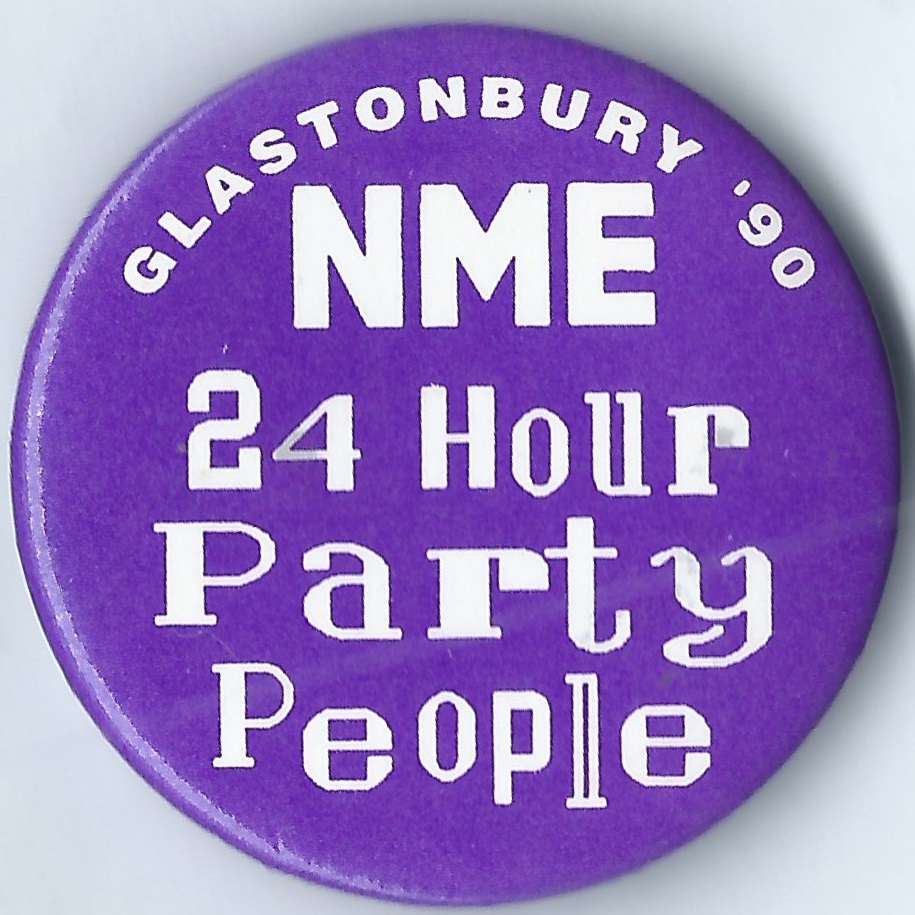 Glastonbury 1990 will go down in posterity for a pitched battle that raged between the travellers and the security, a violent clash that forced the festival to take a year off in 1991 to reconsider, and resulted in the first iteration of proper fencing. Glastonbury’s long and complex relationship with the traveller community changed ever after.
Glastonbury 1990 will go down in posterity for a pitched battle that raged between the travellers and the security, a violent clash that forced the festival to take a year off in 1991 to reconsider, and resulted in the first iteration of proper fencing. Glastonbury’s long and complex relationship with the traveller community changed ever after.
If you want to read about that, it’s well-documented, although still slightly unclear how it began, who was in the right and who in the wrong. What’s less well-remembered is that this clash took place on Monday after the festival’s end and that, for most who went, Glastonbury 1990 was simply Glastonbury, in all its wonder. And that is my yarn, so let’s return there.
Quail, Emmeline, Elton and I end up on the southern end of the site at a giant marquee called the World Stage (this will later become Jazz-World then West Holts, blossoming eventually into an outdoor set-up with a whole field). Pleasantly frazzled by scrumpy, marijuana and tequila, we enter. Lights are swirling and a band called Outback are on. They are from Australia and are somewhere between a rock band and, as Quail puts it, “a didgeridoo convention”.
It is hypnotic, the lights pulsing, the music throbbing, the didgeridoos mesmerically twisting, their rhythms gluing everything together. We dance, eyes closed, I peep out occasionally to peer at Elton’s skunk-mullet swaying. Invigorated, we stay until they finish, then head back into the crowds.
Who are these crowds in 1990? Many men have long hair, often in ponytails. A popular look is a kind of natural-dyed woollen poncho, for both sexes. There’s a heavy flavour of what the media (and, later, Prime Minister John Major) call “new age travellers”, a term for the nomadic disenfranchised, living on common land, their ethos a collation of hippy, punk and the rising rave tide. As well as real ones there are the weekenders; the cult of crusty is bubbling, white dreadlocks, nose-rings, a penchant for a new outfit called The Levellers.
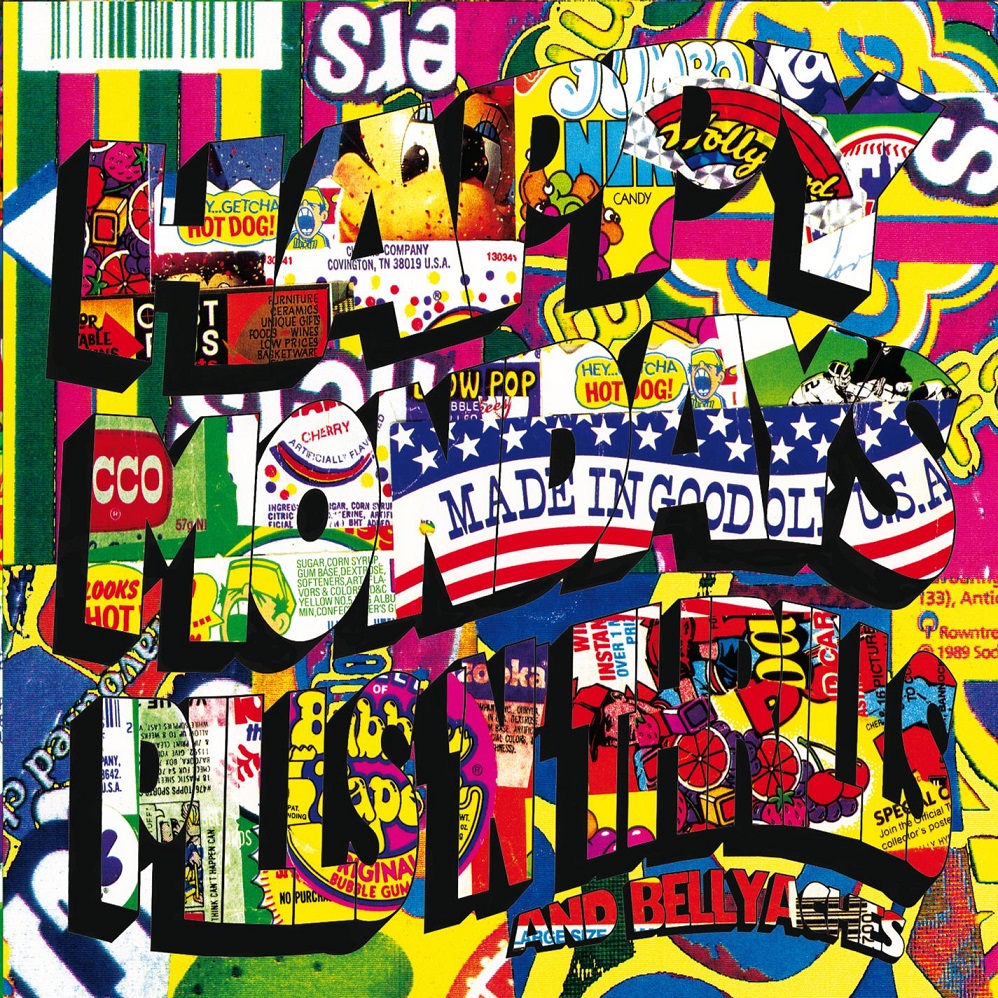 Alongside them Glastonbury is also swamped by Mancunians and pretend-Mancunians for the Mondays are here and this is peak “baggy”, a brief socio-musical moment when guitar groups, many from the north of England, take Ecstasy, listen to percussive electronic dance music and try to imitate it using a traditional band set-up. It produces a few slices of great music (check Happy Mondays’ Pills ‘n’ Thrills and Bellyaches), but also a tendency for young men to dress like Alan “Reni” Wren, the drummer from The Stone Roses, replete with a bucket hat pulled down over the eyes. This laddish movement is further amplified by the ongoing World Cup.
Alongside them Glastonbury is also swamped by Mancunians and pretend-Mancunians for the Mondays are here and this is peak “baggy”, a brief socio-musical moment when guitar groups, many from the north of England, take Ecstasy, listen to percussive electronic dance music and try to imitate it using a traditional band set-up. It produces a few slices of great music (check Happy Mondays’ Pills ‘n’ Thrills and Bellyaches), but also a tendency for young men to dress like Alan “Reni” Wren, the drummer from The Stone Roses, replete with a bucket hat pulled down over the eyes. This laddish movement is further amplified by the ongoing World Cup.
It’s called “baggy” partly because of the loose-fitting stone-washed jeans everyone wears, but as much because of the way “acid house” has loosened behaviours and musical structures, the priapic thrust of rock bonged out to something funkier over drum patterns nicked from Clyde Stubblefield. The incoming MDMA bliss-out also allows girls to step away from enforced glam, with all night dancing comfort now the priority, so they parade Glastonbury’s market areas in pastel sweatshirts, long hair frizzed and loose, heedless of mud on their comfy trainers. Social history is rife with cliché and, of course, the vale is not entirely populated by baggies and crusties. Many may tip their hat to an aspect of those trends but are dressed less specifically, jumpers and large plaid shirts appearing as evenings settle in.
The sun is drying everything out so we buy a meal from a stall called Fat Freddy’s Falafels and find a spot to eat. I have never heard the word “falafels” said by anyone so pronounce it “fala-FELLS”. They sell Middle-Eastern cuisine via imagery from Gilbert Shelton’s Sixties/Seventies zeitgeist-capturing (and now decidedly un-PC) comic, The Fabulous Furry Freak Brothers. Summer warm, sprawling on a patch of dry-ish ground, deep-fried balls of chick pea in pitta bread, lathered with baba ghanoush, send my munchie-ready taste buds to nirvana.
Falafels are not yet common currency. This is only the second time I’ve come across them. A large percentage of the food sold at Glastonbury is not cheap burger van crap. Attempts are made to present global cooking with an emphasis on vegetarianism and veganism, but at this point, these are more often about the idea than the actual taste. There are many stalls, particularly around the Green Fields, that are run by those brown hippies. They serve bowls of slop from bubbling cauldrons of fawn-coloured vegetation, absent of salt, spice or, indeed, flavour of any kind.
Other stalls sell drugs. This is brilliant. They usually have signs made from the sides of cardboard boxes, written in permanent marker, offering prices for various permutations of hash, magic mushrooms, acid or, occasionally, speed. We buy a bag of dried liberty cap mushrooms from one such, and head back to our tent to cook up tea with it. Boiled on a little Campingaz stove, we measure an enamelled mug each for the four of us: the tea is easy but the slime at the bottom, followed by earthy grit, less so.
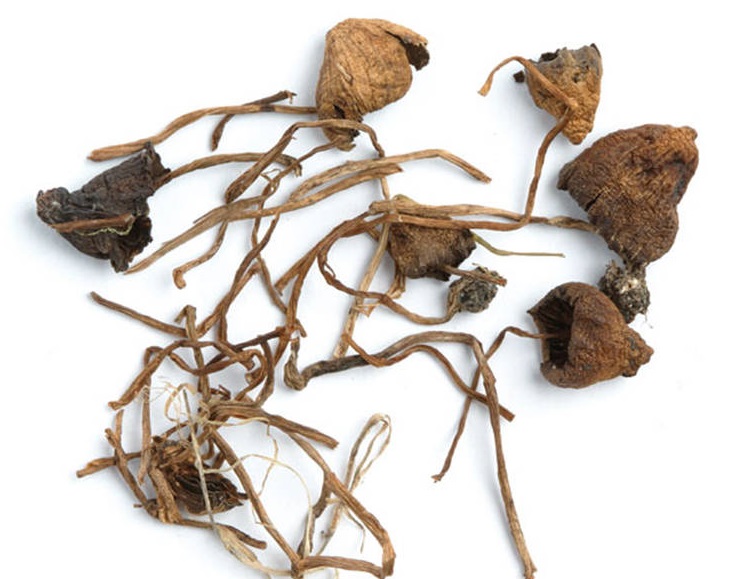 We head back out and very quickly, unsurprisingly, lose Elton, while Quail meets friends and disappears. The peripheries of all objects have warm halos of colour. I like this. I also love everyone. A wiry woman with brown dreadlocks sits cross-legged on a grass verge with home-printed tee-shirts spread on a rug in front of her. I start staring at a grey one which features Margaret Thatcher as a sort of Jabberwock and says on it “Something wicked this way comes.” I love it. I have to have it. I will never wear it. Outside the festival, the art is way too Ozric Tentacles-meets-Gandalf. It’s also far too small. And by the end of the year Thatcher will finally be gone. So much for that. It’s still in my attic in 2020, alongside a tee-shirt the police tore to bits at the Poll Tax Riot, three months prior to this Glastonbury. Mementoes of the woman who ruined Britain and of how much we loathed her.
We head back out and very quickly, unsurprisingly, lose Elton, while Quail meets friends and disappears. The peripheries of all objects have warm halos of colour. I like this. I also love everyone. A wiry woman with brown dreadlocks sits cross-legged on a grass verge with home-printed tee-shirts spread on a rug in front of her. I start staring at a grey one which features Margaret Thatcher as a sort of Jabberwock and says on it “Something wicked this way comes.” I love it. I have to have it. I will never wear it. Outside the festival, the art is way too Ozric Tentacles-meets-Gandalf. It’s also far too small. And by the end of the year Thatcher will finally be gone. So much for that. It’s still in my attic in 2020, alongside a tee-shirt the police tore to bits at the Poll Tax Riot, three months prior to this Glastonbury. Mementoes of the woman who ruined Britain and of how much we loathed her.
Emmeline and I, once an item, have been on/off for the last year. Sort of an open relationship. Sort of. To use the modern phrase, “it’s complicated”. She will officially end our relationship a month later, although it will peter into a friends-with-benefits thing for another few months (on both sides – covering myself here!). But right now, this day, we are in synch, having a high old time. At another stall she buys me a small polished wooden tortoise ornament… whose shell you can lift to reveal a hollow for hiding hash. It glows with psilocybic ethno-power when she hands it to me. I love it. But in the later light of reality, it’s too hippy-looking to evade the snout of an inquisitive piggy, so is rarely used for its given purpose.
We dance, literally dance, through a lake of mud shouting, “Registered pickers in the area.” Why we do this, I don’t recall, but it makes us laugh and laugh. I decide I am not quite where I need to be and stop at another stall to purchase a tab of lysergic acid diethylamide 25, a tiny square of blotter with a picture of a lightning bolt on it. I swill it back with a draft of scrumpy. We head to the Pyramid for Happy Mondays. Packs of Reni-from-The-Stone-Roses are in evidence, shouting about being “in the area” too. “Manchester in the area!”
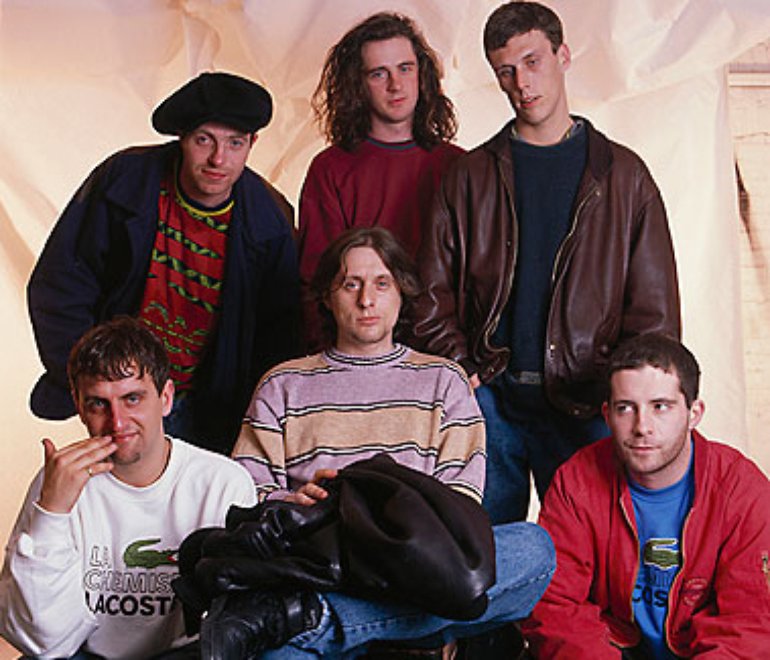 The Mondays appear, Shawn Ryder with his curtain hair, Bez in a black bomber jacket, freaky dancin’, eyes like windows to the apocalypse. They are all off their nuts. The set is initially a total shambles. They turn one of their best songs, “God’s Cop”, into a clattering mess, but – and history has not tended to record this - they do tighten up as they go along. By the time they reach the parting duo of “Kinky Afro” and the relentless chug of “Wrote for Luck”, they’ve recovered sufficient ground. I am dancing frantically, catching the eyes of the Reni posses. Many are pulling a face where it looks like they’re whistling, but accompanied by a pop-pupilled stare, as they shovel their flat hands downward, one after the other, in rhythmic rotation. It’s the de rigeur dance of the day.
The Mondays appear, Shawn Ryder with his curtain hair, Bez in a black bomber jacket, freaky dancin’, eyes like windows to the apocalypse. They are all off their nuts. The set is initially a total shambles. They turn one of their best songs, “God’s Cop”, into a clattering mess, but – and history has not tended to record this - they do tighten up as they go along. By the time they reach the parting duo of “Kinky Afro” and the relentless chug of “Wrote for Luck”, they’ve recovered sufficient ground. I am dancing frantically, catching the eyes of the Reni posses. Many are pulling a face where it looks like they’re whistling, but accompanied by a pop-pupilled stare, as they shovel their flat hands downward, one after the other, in rhythmic rotation. It’s the de rigeur dance of the day.
The top of the Pyramid, by the way, has been chopped off. To my acid-blitzed consciousness, it looks as if its dark, robot innards are showing, the wiring under the board. What’s really happening is that tonight - and Saturday night - French lunatics Circus Archaos are headlining. As darkness descends and my retinas crackle with every glimmer, mad stunt people risk life and limb atop the lopped trapezoid frustum, high-wiring and doing unimaginable things with fire, their presence fierce and cyberpunk. A motorbike drives vertically up the side of the Pyramid. It makes no sense. It makes complete sense. Beneath the action a band jams, revved accordion rock that gallops or theatrically burlesques, depending what’s required. It all induces giddy awe.
I am now very high indeed. Emmeline and I go back to the tent to “take stock”. On the way we pass a man who is lying across a broken-backed two person tent that he has clearly fallen on. He has straggly hair under a sort of elf hat. He is drooling slightly. “You two,” he slurs, “You two are making a fucking spectacle of yourselves.”
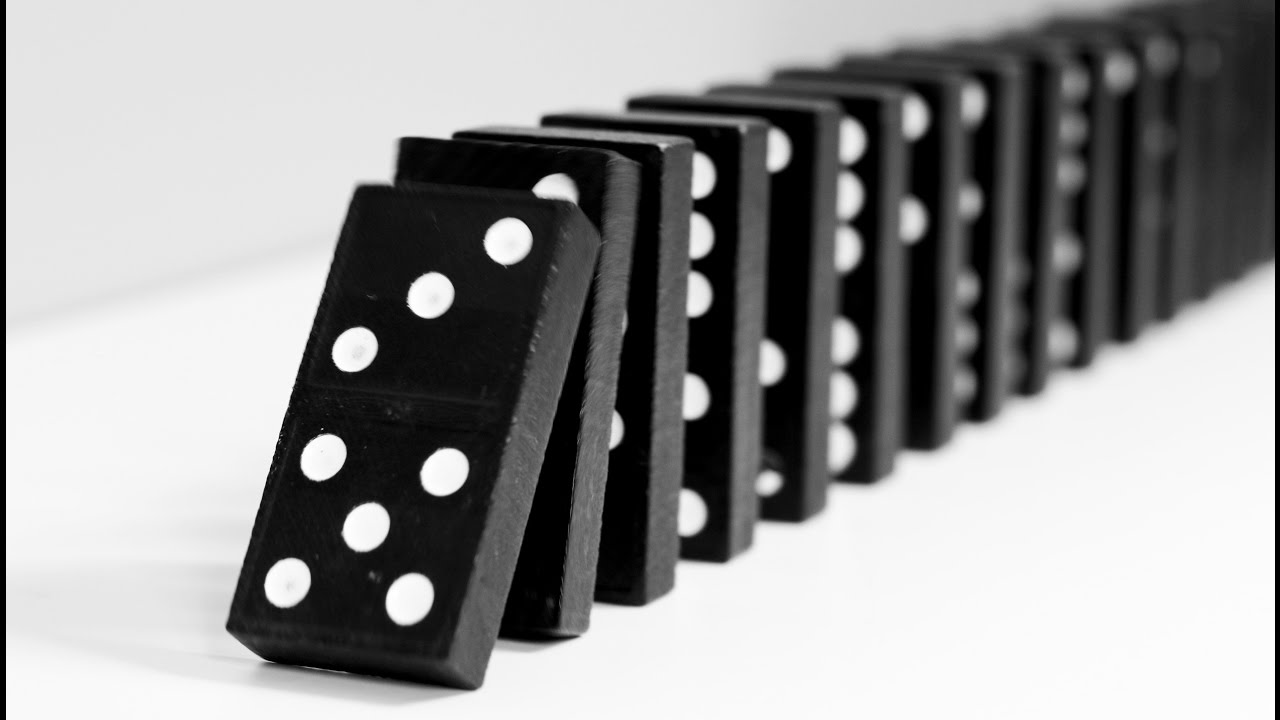 Outside the tent we lie side by side and look upwards, staring past the pylons that walk across the field like silent geometric gods. “They are dominoes,” says Emmeline of the stars above in the black firmament. “Look at them, so many dominoes.” I see what she means. Lots and lots and lots and lots of dominoes up there. But then I think about black holes. Even light cannot escape a black hole. Could a domino? It all seems so… infinite…
Outside the tent we lie side by side and look upwards, staring past the pylons that walk across the field like silent geometric gods. “They are dominoes,” says Emmeline of the stars above in the black firmament. “Look at them, so many dominoes.” I see what she means. Lots and lots and lots and lots of dominoes up there. But then I think about black holes. Even light cannot escape a black hole. Could a domino? It all seems so… infinite…
Time to move. I recall, via some part of my remaining human logic, that African Head Charge are playing somewhere. We go to find them but we never do. We reach the stage where they’re supposedly on but they simply never appear and we groove gently to reggae beside murmuring shadow people for two or three decades. I like this place. I feel satiated. Time for bed at 4.00 AM.
It is Saturday 27th June 2020.
Don’s plan! Don Carlton has blagged a field belonging to an acquaintance for us to camp in. It’s at the end of a lane in the middle of nowhere in Sussex. There are basic facilities in a cabin with a galvanized metal roof and decking outside, and a quarter-built barn conversion, where the money ran out years ago. We will utilise these later.
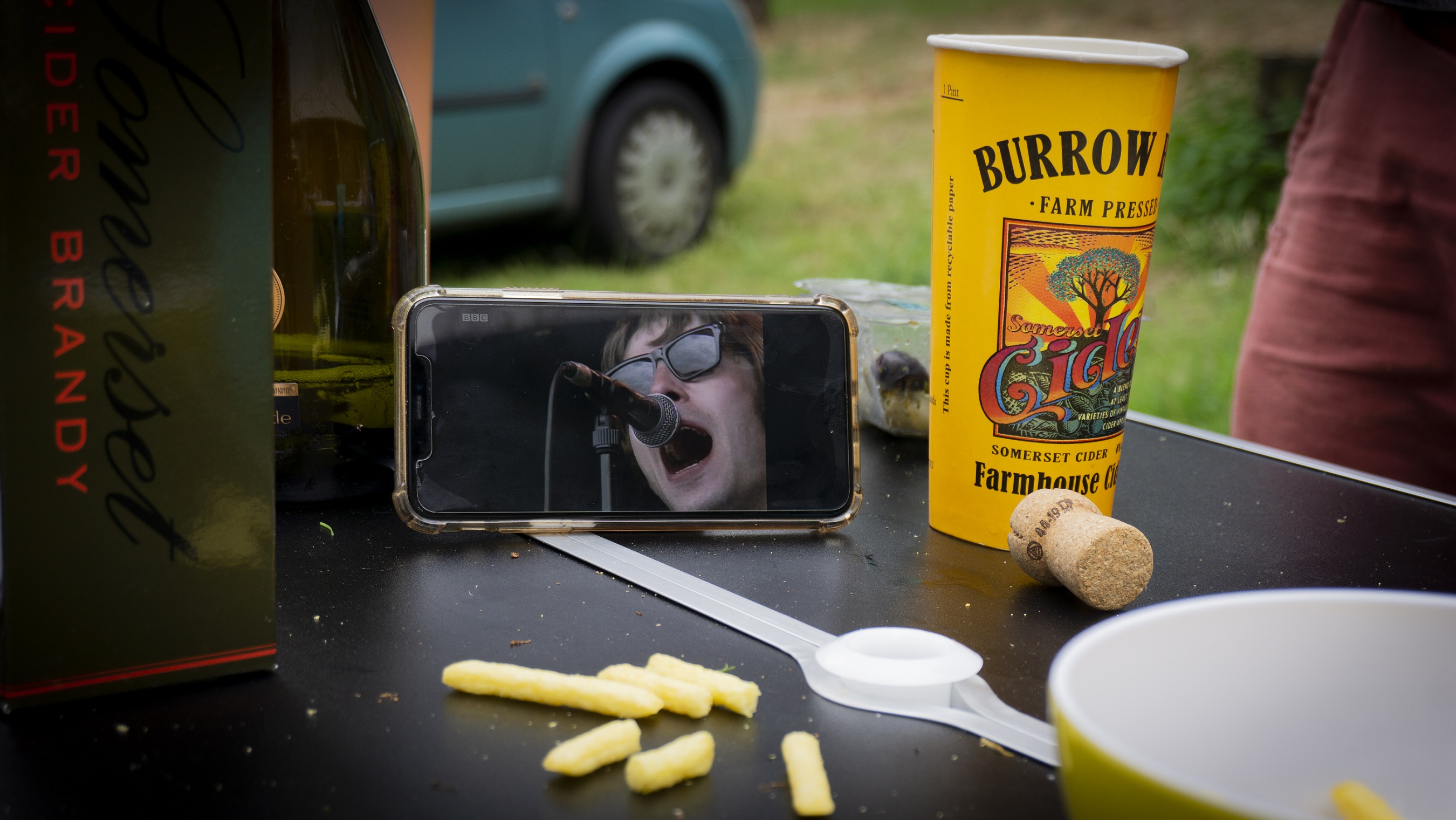 Don is with his girlfriend GB. Appropriately enough, they hooked up at Glastonbury last year (as related here). When Finetime and I arrive the four of us turn into over-excited children. Glastonbury aside, it’s our first proper outing for months. Not only that but we have mutual permission to bore on about Worthy Farm adventures to our heart’s content, getting it all out.
Don is with his girlfriend GB. Appropriately enough, they hooked up at Glastonbury last year (as related here). When Finetime and I arrive the four of us turn into over-excited children. Glastonbury aside, it’s our first proper outing for months. Not only that but we have mutual permission to bore on about Worthy Farm adventures to our heart’s content, getting it all out.
Don’s android phone has Oasis’ 1994 NME Stage set playing on the table, a micro-cinema of the baby-faced band two months before the release of Definitely Maybe. It plays backdrop as Don produces a giant plastic bladdersack of Burrow Hill Cider he has ordered through the post, along with their branded waxed cups, the kind the bus use, sending me briefly into a sadboy fetishistic frenzy. We fill them and sit around spinning anecdotes.
GB first went to Glastonbury in 1992 when she was in the Sixth Form at school. I cannot imagine what that must have been like. She also mentions how a therapist suggested Glastonbury was like a religion to her. Knowing her a little, I think South-East Corner LBGTQ+ all-night disco haven, NYC Downlow is probably her true, specific denomination. It’s where she spends most of her time at the festival and almost the only place she yearly takes the dance-sacrament.
Finetime retaliates with a story about an old friend of his who went up front for electronic dance dons Orbital at some point in the 1990s, mustarded to the gillocks on a multi-faceted chem-cocktail. Orbital came on to one long fantastically loud synth chord and, as it hit, so his bowels loosened completely. For him the notorious “brown sound” of conjecture and conspiracy theory had become an unpleasant reality, trapped in a hundreds-strong crowd.
After a barbecue in the early evening sun, out comes NOS gas and Quivver Fizz, Don locates live sets from DJs of the Shangri-La area. He shows us how he’s attempted to recreate wooded dancefloor hub The Glade using a piece of tarp and a grove of trees. Meanwhile, down at the half-built barn conversion, Finetime has set up a screen, a projector and a small sound system so we can watch Julien Temple’s Glastonbury film later on.
After dancing about to sets by Orbital and the Chemical Brothers, like the ageing ravers we are, once the sun is fully down we ensconce ourselves in camping chairs in front of the big screen. Film has been a medium of escape for over a century and we escape now. Temple’s beautifully wrought film captures the daily cycle of increasing madness that is Glastonbury, superbly edited from thousands of sourced clips, amateur and otherwise. Amongst all this is interwoven the festival’s story, from 1970 to 2005, pivoting around the life of dairy farmer Michael Eavis (let’s have another chapter - the years since have been eventful, as Emily Eavis and husband Nick Dewey slowly take the reins).
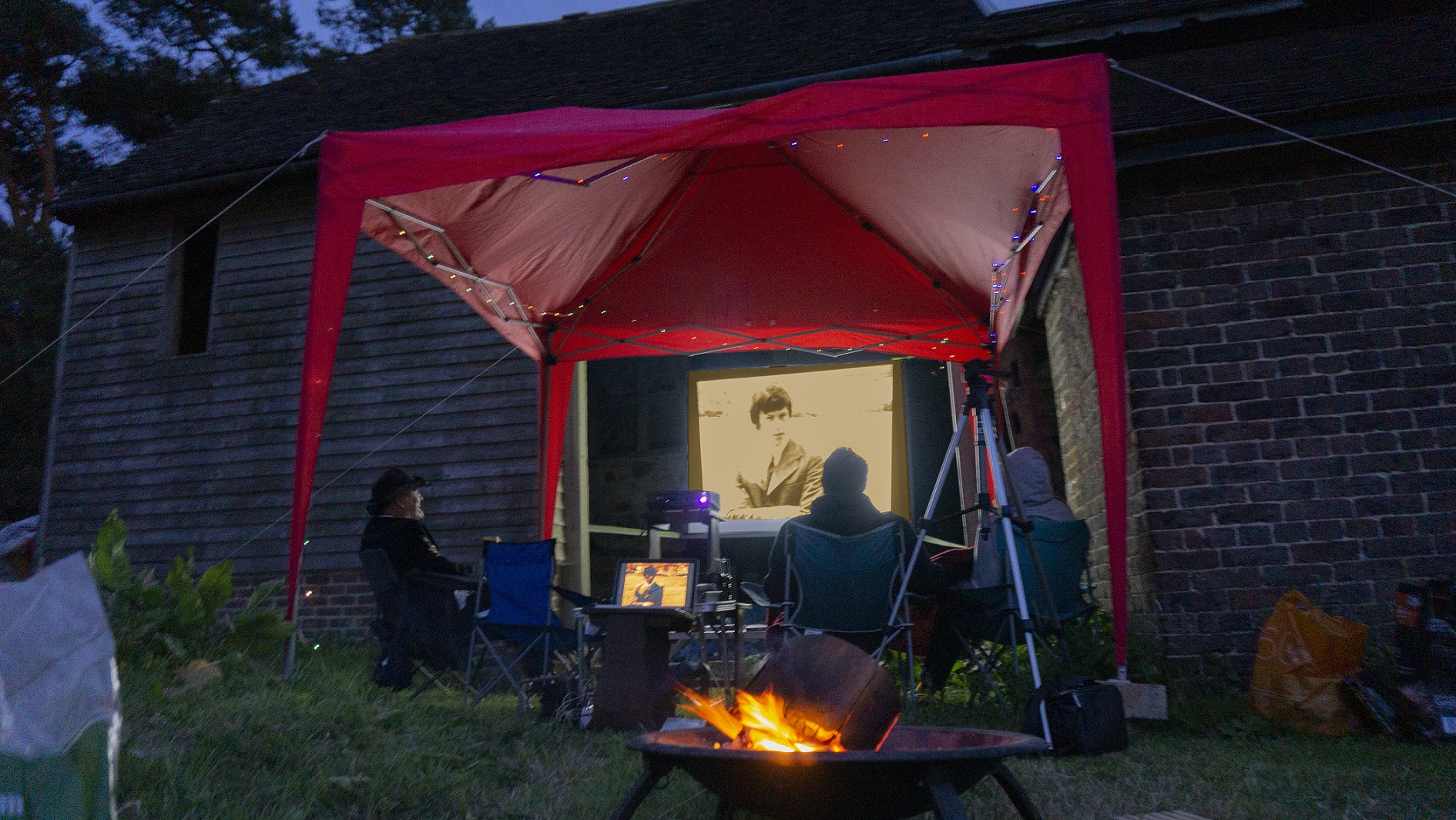 The film is divisive. It is either an overlong rigmarole of the addled and well-meaning-but-deluded, interspersed by occasionally great music, or it is an essay on the way a minority refuse to kowtow to consensus normality and its aspirations, and dream bigger, interspersed by occasionally great music. Of course, we are deeply partisan and gulp it down, aided by balloon after balloon, gallons of cider, honking great sponks of Quivver Fizz, laughing, roaring approval, wiping moisture from the rims of our eyes when utopianism crashes into reality, and when Bowie plays “Heroes”.
The film is divisive. It is either an overlong rigmarole of the addled and well-meaning-but-deluded, interspersed by occasionally great music, or it is an essay on the way a minority refuse to kowtow to consensus normality and its aspirations, and dream bigger, interspersed by occasionally great music. Of course, we are deeply partisan and gulp it down, aided by balloon after balloon, gallons of cider, honking great sponks of Quivver Fizz, laughing, roaring approval, wiping moisture from the rims of our eyes when utopianism crashes into reality, and when Bowie plays “Heroes”.
When it finishes, it’s almost as if there’s nowhere to go. We are not there but the Shangri-La DJs try and make us feel we are. The four of us bustle about in the dark, despite a sudden rain shower threatening the electrics. Movement slows. Around 2.00 AM Don and GB are flagging and head for bed. Finetime and I boogaloo on, jawing and doing the Genosys dawn shuffle but by 3.00 AM it’s over. Despite that, sleep is a long time coming, my thoughts spin. Eventually, it arrives…
It is Saturday 23rd June 1990.
It’s 11.00 AM. At 22 years old, I can usually sleep through anything on any combination of “things” and just have. I bounce up, splash cold water on my face, haul on a greying tee-shirt with the three increasingly battered faces of The Jam peering out of it, and cook up two supermarket brand tins of spaghetti in tomato sauce on the camping stove. Emmeline is feeling worn. She peers from her sleeping bag, yesterday’s mascara smeared about her blue eyes in a way that’s surprisingly attractive.
Elton appears and joins the three of us for a small plastic bowl of spaghetti breakfast. We agree to meet when Julian Cope plays The Pyramid this afternoon and he leaves.
Quail, Emmeline and I spend the first half of the day in the Circus Field. There’s been rain in the night and the ground is sludgy but not universally so. Cloudy sunshine allows patches of grass to dry. We locate a damp but acceptable area in front of a small stage and watch a troupe of juggler-comedians called The Florists whose antics have us in stitches although, such is memory, 30 years later I cannot recall one gag. From there we trawl around, pausing to watch a tightrope walker operating at lethal height with no safety net. 22-year-old me describes him as “ancient”, which means he’s probably about the age I am as I write this.
Having popped back to the Cider Bus to fill a bottle with scrumpy, I rejoin Quail and Emmeline to explore the Theatre Field. “Skin up, lady… lady, roll up,” I laugh and we gaggle about, befuddled and amazed at the wandering players. We get into conversation with one, an outrageous aristocratic woman who insists we call her “The Lady”. She’s accompanied by a shrivelled figure in evening wear, including tails. This is her servant who she addresses as Scrotum.
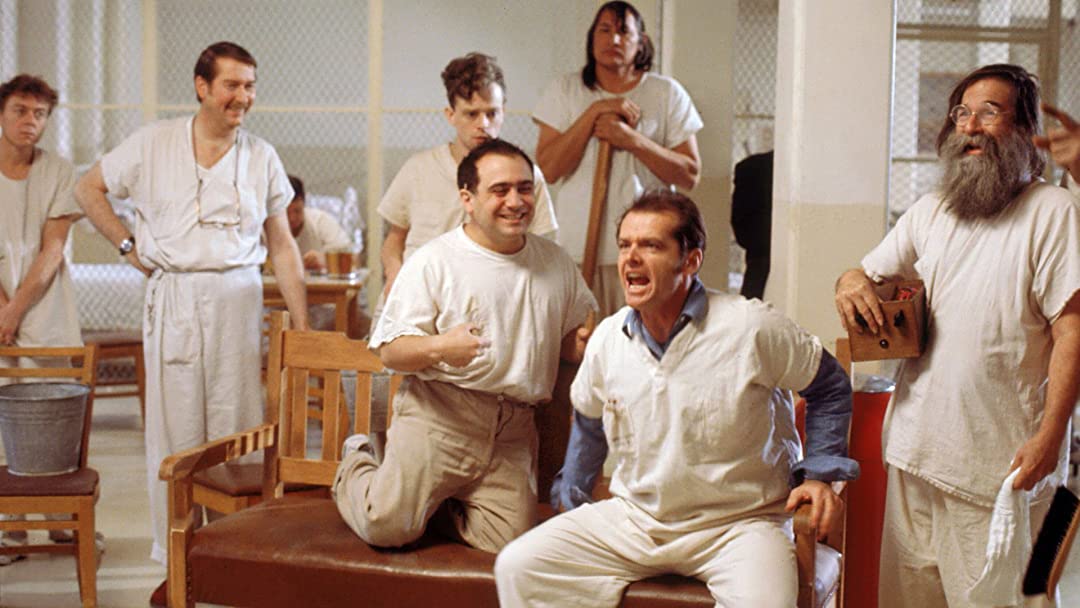 An ambulance buzzes by, sirens going, except it’s not an ambulance, it’s painted entirely white and some of its windows are glassless. Out of these, figures reach, screaming, faces garishly painted, a motorized bedlam where The Chief is boss, McMurphy at his side, brain untampered; one flew east, one flew west, one flew over the cuckoo's nest. Meanwhile others are costumed as hallucinations, in what will later become known as morphsuits, purposefully flitting about on the visual peripheries of those clearly tripping.
An ambulance buzzes by, sirens going, except it’s not an ambulance, it’s painted entirely white and some of its windows are glassless. Out of these, figures reach, screaming, faces garishly painted, a motorized bedlam where The Chief is boss, McMurphy at his side, brain untampered; one flew east, one flew west, one flew over the cuckoo's nest. Meanwhile others are costumed as hallucinations, in what will later become known as morphsuits, purposefully flitting about on the visual peripheries of those clearly tripping.
A Punch’n’Judy show is just beginning. We join the gathered, a disparate collection of adults and children. The show is aimed at both. Punch seems very stoned. So are we, for I am chain-rolling doobies. A large, muscular skinhead with a wild look keeps yelling heckles and falling about laughing when the puppets rudely bat them back. The sun is warm and everything is right with the world. I return to this Punch’n’Judy for a couple of years afterwards, seeking the pure revelry this afternoon gives, but never quite achieve the same level of riotous joyousness, though sometimes near. The first hit is, as any junkie will tell you, irretrievable.
We then run into my good pal Thigh. He spends half an hour sneering at how hippy it all is and complaining about the music. Like me, he spent far too much of the mid-Eighties wishing it was 1977 while everyone else our age was busy enjoying A-Ha videos on MTV. In fact, for a year or two, we acted as each other’s mutual support group in this. However, now I want to enjoy Glastonbury and forget all that.
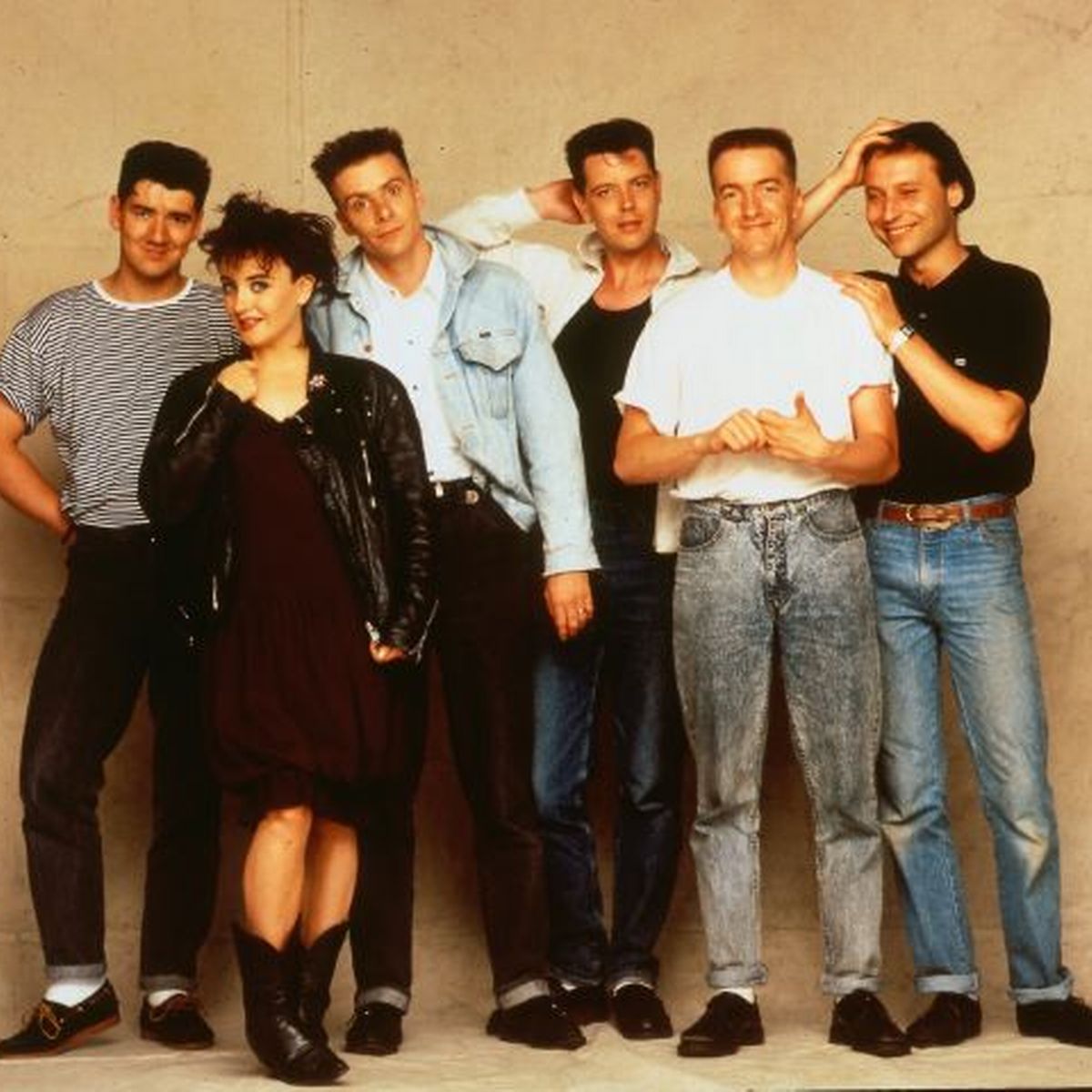 Unfortunately, he also has a point. Many of Glastonbury 1990’s Pyramid showcase acts are lame. Del Amitri? The truly appalling Deacon Blue (left)? Even Ry Cooder, who 2020 me might check out, hardly sets the pulse racing. Of the many Pyramid bands I don’t see, only Sinead O’Connor and the Neville Brothers give my older self pause for thought. On paper it's a duff year by comparison with 1989, which had Fela Kuti, The Pixies, Bhundu Boys, Black Uhuru and more, while the next Glastonbury in 1992 is a Who’s Who of the era’s ravey gravy and stoner indie. But I am not on paper, I am here and chomping at the bit. I wish Thigh would go away and moan somewhere else. He eventually does, and that’s the last we see of him.
Unfortunately, he also has a point. Many of Glastonbury 1990’s Pyramid showcase acts are lame. Del Amitri? The truly appalling Deacon Blue (left)? Even Ry Cooder, who 2020 me might check out, hardly sets the pulse racing. Of the many Pyramid bands I don’t see, only Sinead O’Connor and the Neville Brothers give my older self pause for thought. On paper it's a duff year by comparison with 1989, which had Fela Kuti, The Pixies, Bhundu Boys, Black Uhuru and more, while the next Glastonbury in 1992 is a Who’s Who of the era’s ravey gravy and stoner indie. But I am not on paper, I am here and chomping at the bit. I wish Thigh would go away and moan somewhere else. He eventually does, and that’s the last we see of him.
Thigh is still a close friend of mine in 2020, his Johnny Rotten posturing a distant memory, but for framed punk images on the walls of his Birmingham semi-detached. Writing this, I called him to confirm various facts. He has a Glastonbury 1990 anecdote worth relating.
“I was there with Kelly, the woman who would eventually become my wife – now ex-wife - and another friend, now sadly deceased,” he says, “We spent much of the festival trashed on God-knows-what, but mostly hash and booze. So much so that when I tried to collect everyone to go see the Happy Mondays, they wouldn’t move from sprawling around the tent area. Anyway, somehow we ended up in the Acoustic Tent when Julie Felix was on. She was this American folk singer who made it big in Britain in the Sixties, even had her own TV show. She was a kind of BBC-friendly hippy.”
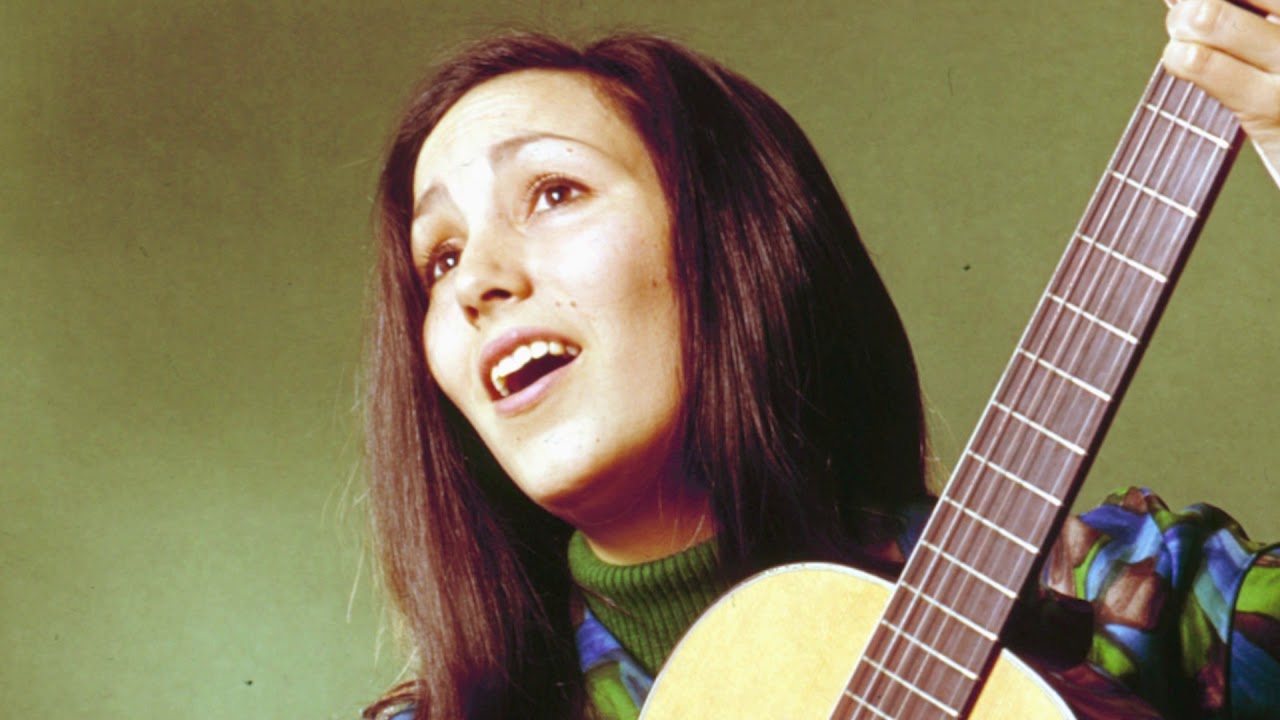 “You know that song “We’re Going to the Zoo”? That was hers, has a nursery rhyme feel, [sings] "We’re going to the zoo, zoo, zoo/How about, you, you, you?/You can come too, too, too". She plays it in the Acoustic Tent and the crowd are bellowing along, having a great time. It’s her best-known number by far. After it, she’s trying to play the rest of her set and the crowd won’t have it, they’re shouting for more "Zoo, Zoo, Zoo". She says she’s going to play a song called “Child of the Universe” but that won’t do at all, and it’s shouted down. She relents in the end and everyone gets to sing “We’re Going to the Zoo” all over again. I can’t remember how many times she played it in all, two or three!”
“You know that song “We’re Going to the Zoo”? That was hers, has a nursery rhyme feel, [sings] "We’re going to the zoo, zoo, zoo/How about, you, you, you?/You can come too, too, too". She plays it in the Acoustic Tent and the crowd are bellowing along, having a great time. It’s her best-known number by far. After it, she’s trying to play the rest of her set and the crowd won’t have it, they’re shouting for more "Zoo, Zoo, Zoo". She says she’s going to play a song called “Child of the Universe” but that won’t do at all, and it’s shouted down. She relents in the end and everyone gets to sing “We’re Going to the Zoo” all over again. I can’t remember how many times she played it in all, two or three!”
Back at the festival we run into Dietrich, a slightly creepy guy who I vaguely knew a few years earlier, blond, attractive, quietly friendly, but with a persona that rings false. He attaches himself to our group, thereby posing that eternal festival conundrum: how do you lose unwanted human baggage without being a complete shit? In 1990 I’ve not yet developed tactics to deal with such situations so with us he stays.
A woman stomps by in a kind of Native American leather jerkin, her tangled hair a briar patch of feathers. At her front is a cardboard tray held in place by twine around her neck. “You wanna buy some special fudge?” she asks. We decide we do, assuming it will be along the lines of hash-laced chocolate brownies, a dish we’re familiar with. We have one each and head on our merry way. I buy them. Dietrich does not offer to contribute. That sounds petty, written down cold, but I’m keeping it in as he’s definitely one of them.
We fall in line behind a conga of whooping festival-goers who are trailing after a posse of Hare Krishna devotees chanting, playing mridanga drums and manjira hand cymbals. Throughout the Nineties the Krishnas are a fixture, their marquee a haven for the lost and the fried, and also for the hungry since free vegan food is available.
I wonder what happened to them. I wrote a substantial and detailed magazine feature later in the decade on how they hit boom times with rave culture, picking up those whose spirituality had been awakened amongst the MDMA and the endless nights of 4/4 beats, and also the casualties who just needed somewhere to level off and be safe. A quick Google tells me they were at the festival as late as 2017 but I’ve not seen them in years.
We follow them, clapping and singing. Hare Hare Krishna Krishna. Krari Shishna. Shari Nishna. Rama rama. Hare Hare. Something is happening to my brain. What WAS in that special fudge? The gloop of muddy footsteps, splosh, splosh, splosh, splosh, splosh, splosh. Nari Sishna. Rari rama. Krishna Krishna. Whooooooooo! What’s this?
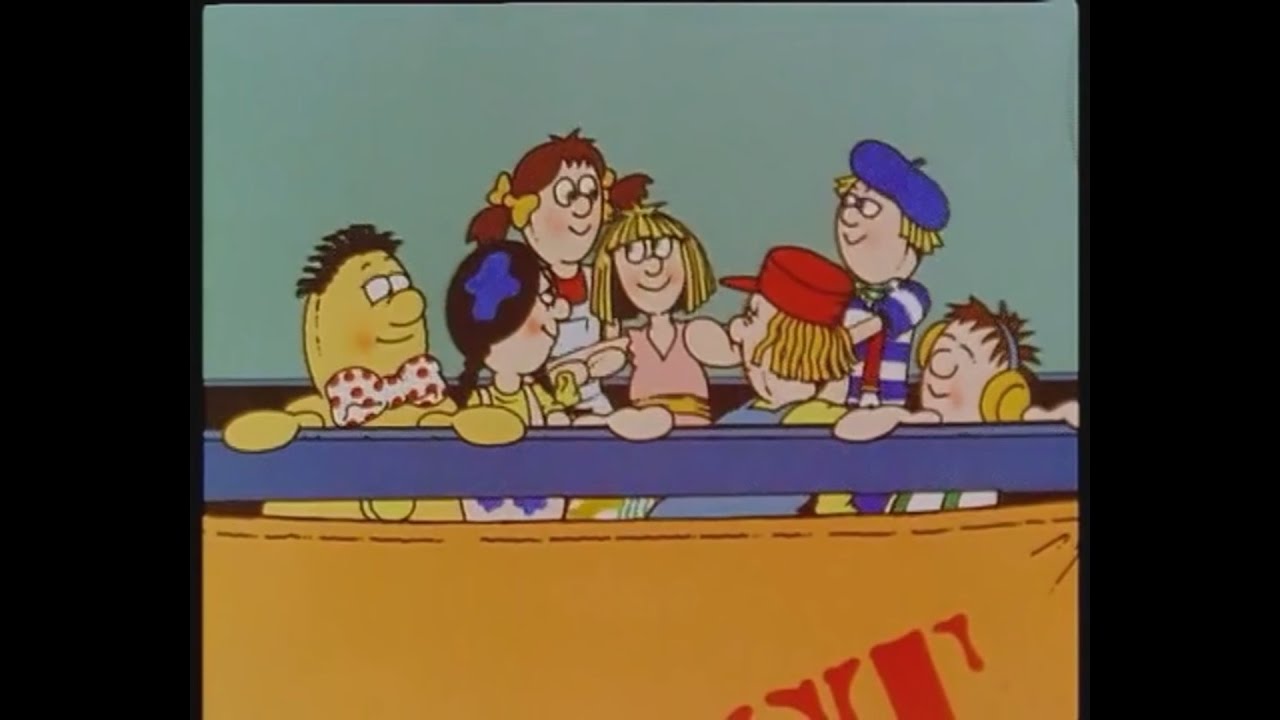 “Let’s stop and watch these,” I say to Quail and Emmeline. What are we stopping for? It isn’t a band, it’s a shop selling colourful hats and bags with a stereo playing The B52s’ Cosmic Thing album. Emmeline likes this album. Emmeline’s pupils. Quail’s pupils. Oooh. Emmeline’s jean dungarees and bobbed fair hair make her look like a Cabbage Patch doll. I tell her this which begins an extended discussion about The Raggy Dolls (above left), a children’s TV series about dolls who are factory rejects.
“Let’s stop and watch these,” I say to Quail and Emmeline. What are we stopping for? It isn’t a band, it’s a shop selling colourful hats and bags with a stereo playing The B52s’ Cosmic Thing album. Emmeline likes this album. Emmeline’s pupils. Quail’s pupils. Oooh. Emmeline’s jean dungarees and bobbed fair hair make her look like a Cabbage Patch doll. I tell her this which begins an extended discussion about The Raggy Dolls (above left), a children’s TV series about dolls who are factory rejects.
“Let’s stop and watch these,” I say to Quail and Emmeline. What are we stopping for? It is a band playing in the open air, no stage. A small sign and a rug strewn with tapes for sale announces them as The Lost T-Shirts of Atlantis (below right). They’re making country-folk-skiffle that holds the attention. The stand-up bass appears crudely homemade, someone’s playing a banjo. We start jigging about.
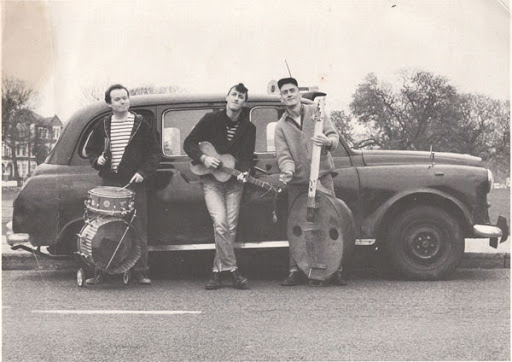 They’re tight, this lot. They do a version of the theme from Gerry & Sylvia Anderson’s pre-Thunderbirds TV series Fireball XL5. It’s a hoedown but it’s emotional. I’m becoming swept away. “I wish I was a spaceman/The fastest guy alive/I’d fly across the universe/In Fireball XL5.” I am. I will. And then, and then, after a scattering of their originals, some with a ska edge, they play a manic version of Hawkwind’s “Silver Machine”. I lose it, dance with utter conviction, frantically, eventually coming back to myself, a lone-groovin’ flesh-robot slippery with perspiration, panting on the side of a path near some trees.
They’re tight, this lot. They do a version of the theme from Gerry & Sylvia Anderson’s pre-Thunderbirds TV series Fireball XL5. It’s a hoedown but it’s emotional. I’m becoming swept away. “I wish I was a spaceman/The fastest guy alive/I’d fly across the universe/In Fireball XL5.” I am. I will. And then, and then, after a scattering of their originals, some with a ska edge, they play a manic version of Hawkwind’s “Silver Machine”. I lose it, dance with utter conviction, frantically, eventually coming back to myself, a lone-groovin’ flesh-robot slippery with perspiration, panting on the side of a path near some trees.
Manically I rush back and tell the band how good they are. They are a real band. And I am meeting them. And they are talking to me. Emmeline drags me away before I become Kathy Bates in Misery (a film my younger bro’ and I will see on its cinema release in nine months’ time, both toasted on bud in Amsterdam). Dietrich is still with us, calm, smiling impassively.
Whatever is in this fudge now moves from fizzy to woozy but surely Julian Cope will deal with that. We go to The Pyramid and place ourselves as near the front as we go all weekend. An announcement tells us that Cope is not appearing. The agreed meet-up with Elton also doesn’t happen. Such is the way of pre-mobile phone festivaling, children of tomorrow (Elton and I are still good friends in 2020, though he has spent the majority of the last quarter century living abroad, currently resident in Myanmar).
Instead of Cope we have Boo-Yaa T.R.I.B.E. I cannot recall, as I write, whether they were on the bill all along – which seems likely, as they hail from the US – or were a last-minute addition. But back in 1990, I am a fan, enthused, the fudge’s rising blur pushed aside by music. Boo-Yaa’s debut album, New Funky Nation, is only recently out and I have a copy. I know the words!
Hip hop history hasn’t tended to give them much space, but this bunch of Californian-Samoan gangsta rappers know their way round a song. On the album, much of it produced by The Dust Brothers, fresh from The Beastie Boys’ Paul’s Boutique, P-funk foundations are predominant. Live at Glastonbury, they jack up the metal factor. They have a tune called “Pickin’ Up Metal” so this isn’t entirely out of character, but other songs, such as “Rated R” and “Once Upon a Drive-By” are given fresh guitar licks. Over the decades since, multiple non-rock American artists, from Cypress Hill to Miley Cyrus, have amped up the riffin’ aspect for Glastonbury, as if the hordes wouldn’t otherwise dig them. Sometimes it works. It does with Boo-Yaa T.R.I.B.E.
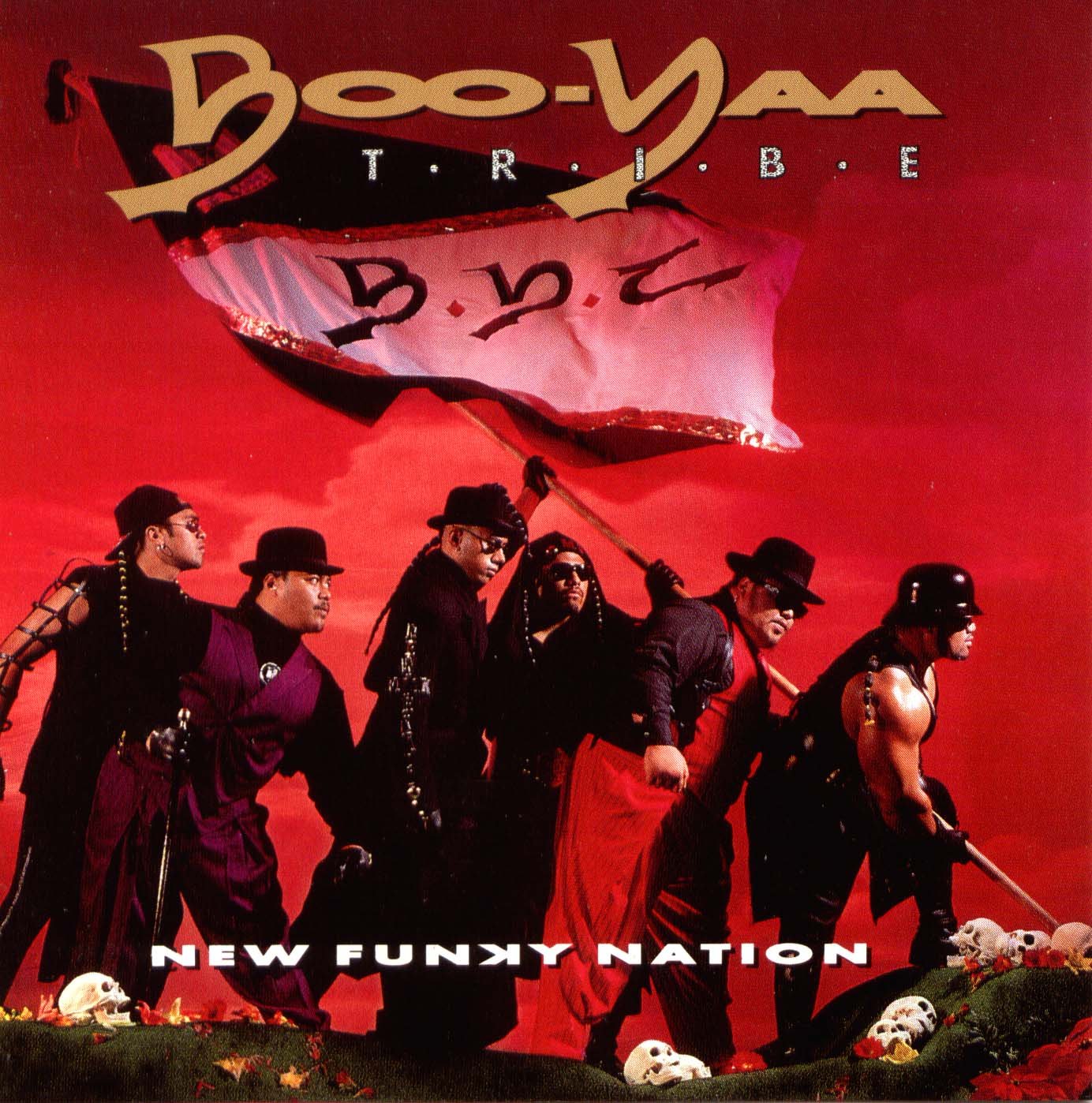 They look fierce, although camp too, like a cross between a snappy, Ray-Ban-wearing supper club ska band and a Hell’s Angels biker gang, replete with stormtrooper helmets. Their set is lean and, aside from occasional, annoying widdly guitar solos, a tonic. Quail runs into her pals again and disappears but Emmeline and I await De La Soul, a hip hop act who’ll become much better loved by future music historians. Their seminal 3 Feet High and Rising came out the previous year and is much played everywhere. Unfortunately, they are underwhelming and low energy, their blunted style, welcoming and persuasive on record, fails to convey their spirit beyond the first couple of rows.
They look fierce, although camp too, like a cross between a snappy, Ray-Ban-wearing supper club ska band and a Hell’s Angels biker gang, replete with stormtrooper helmets. Their set is lean and, aside from occasional, annoying widdly guitar solos, a tonic. Quail runs into her pals again and disappears but Emmeline and I await De La Soul, a hip hop act who’ll become much better loved by future music historians. Their seminal 3 Feet High and Rising came out the previous year and is much played everywhere. Unfortunately, they are underwhelming and low energy, their blunted style, welcoming and persuasive on record, fails to convey their spirit beyond the first couple of rows.
Then again, this might be down to the fudge. Certainly The Cure’s set, next, is bespoiled by its effects. They start slowly, which doesn’t help, but even the arrival of a helicopter a few songs in doesn’t stop the feeling that the lower half of my body is taking root in the wet dirt, tendrils reaching down, my feet becoming earth. Lead singer Robert Smith stops the music (“Fascination Street”) to announce that a helicopter is coming for “someone down the front who’s in a pretty bad way”. It is, he says, “getting a bit deadly down the front.” Not so deadly, however, that he feels obliged to hesitate before cheerily telling us the latest World Cup score - Cameroon 2, Colombia 1 – and suggesting we tell each other jokes to pass the time. From the hill behind us, fritzed out, Thigh watches on, later describing the whole scene as “like something from Apocalypse Now”.
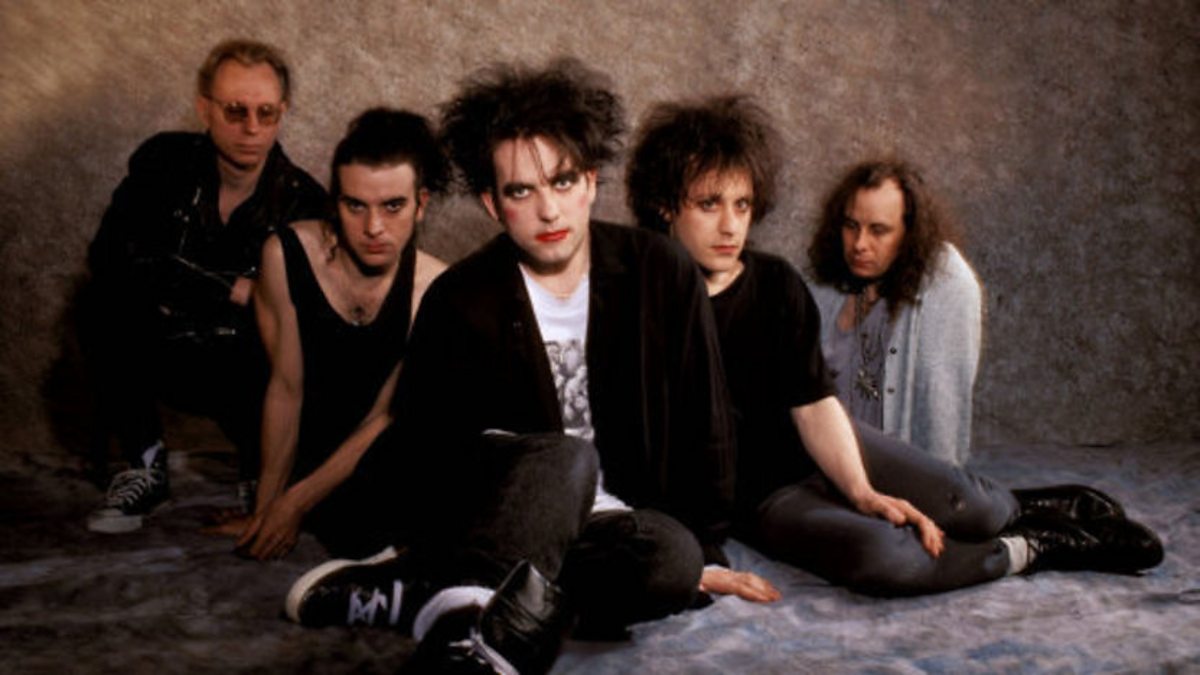 The second half of The Cure’s set is chock full of brilliant songs - “A Forest”, “Killing an Arab”, “Never Enough”, to name but three - but they are passing by my stilted mind like the huff of a hair-dryer. For shame. Lesson One: make sure you know what you’re taking in what quantity, set and setting, all that. I will finally have my proper Cure moment at Bestival 2011 but that’s decades away so no consolation here. The good news is that as The Cure exit the stage, my energy levels finally resurge. Also, without meaning to – so guilt-free - we have lost Dietrich. Emmeline and I head out for fresh pastures.
The second half of The Cure’s set is chock full of brilliant songs - “A Forest”, “Killing an Arab”, “Never Enough”, to name but three - but they are passing by my stilted mind like the huff of a hair-dryer. For shame. Lesson One: make sure you know what you’re taking in what quantity, set and setting, all that. I will finally have my proper Cure moment at Bestival 2011 but that’s decades away so no consolation here. The good news is that as The Cure exit the stage, my energy levels finally resurge. Also, without meaning to – so guilt-free - we have lost Dietrich. Emmeline and I head out for fresh pastures.
Somehow we wander into what seems to be the travellers’ separate festival which is outside the main event and has sound systems here and there, still somewhat discouraged on Worthy Farm. It’s not difficult to stray out. Finetime tells a story of taking Basil the Alsatian for a walk one afternoon from the travellers’ site, with no festival ticket, and without meaning to, suddenly finding he was by the Pyramid. We’ve paid for our tickets - £38 each! – but it’s fast becoming clear this isn’t regarded as imperative (I pay again in ’92, but bunk the fence in ’93, ’94 and ’95, then, from ‘97 onwards, have journo accreditation).
Whatever this area is, acid house parties are going on. One has a screen playing videos of twisted tough dance music, “I Don’t Need God” by Greater Than One pounds out, spewing samples of Johns Lydon and Cooper Clarke alongside a crazed American evangelist preacher, hallelujahs and an opera singer. It sounds subversive, magpie sampling, chopped about like Burroughs intended, not smooth and careful. In between, vids of Mandelbrot sets spin. They’re all the rage.
The environment here is different from inside the festival, trucks and vans everywhere, including one that has been customized into a Mad Max-ian bumble bee. The marquees have an improvised look, like giant lean-to’s. In the pre-fibreglass tentpole age everything is angular, ridged, masses of grubby canvas thrown over scaffold skeletons. Someone says there’s a horse here but I never see it.
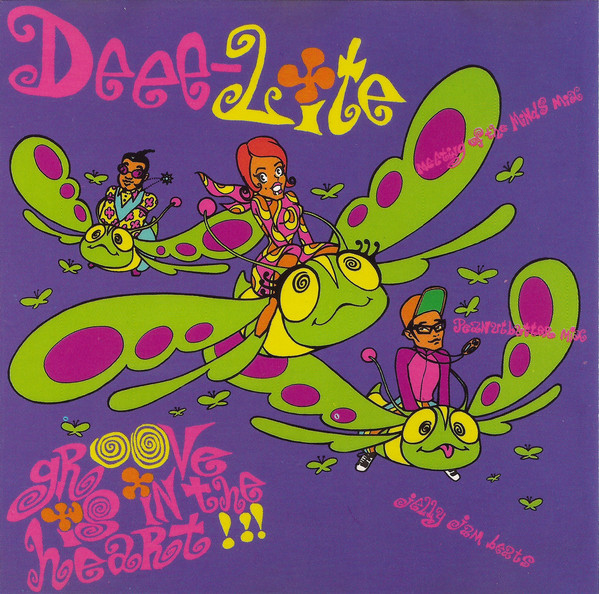 Instead, I watch trapeze artists practicing, self-proclaimed amateurs on a rig, throwing themselves about amid strobing lights, their features flashlit, their muscled bodies thrown into green-shaded relief by the reflections off nearby bushes and trees. Further on we dance at a sound system that’s surrounded by high white sheeting and monstrous neon-lit fluorescent statues on podiums. I see Mr C out of The Shamen dancing. E’s are good. A couple of years later these systems would be playing speeding rave breakbeats and Euro-techno, but now they’re more eclectic, mingling proto-hardcore R&S Records cuts like The Project’s “Kick the House” with poppy bangers such as Deee-lite’s “Groove is in the Heart”. It does the job
Instead, I watch trapeze artists practicing, self-proclaimed amateurs on a rig, throwing themselves about amid strobing lights, their features flashlit, their muscled bodies thrown into green-shaded relief by the reflections off nearby bushes and trees. Further on we dance at a sound system that’s surrounded by high white sheeting and monstrous neon-lit fluorescent statues on podiums. I see Mr C out of The Shamen dancing. E’s are good. A couple of years later these systems would be playing speeding rave breakbeats and Euro-techno, but now they’re more eclectic, mingling proto-hardcore R&S Records cuts like The Project’s “Kick the House” with poppy bangers such as Deee-lite’s “Groove is in the Heart”. It does the job
Much later, but still dark, we’re walking back when we’re drawn into a dance party based around a parachute silk. It reminds me of a WOMAD-ish London club night called Whirl-Y-Gig. I only went once: sweet-natured but a bit fluffy for me. A circle of people gather around the parachute silk whipping it up and down to the music, drawing in close and back out again, like a barn dance, then, on the DJ’s instructions we throw it up into the air and rush underneath, then roll about. It’s fun. For a moment. Once.
Back at the tent, our possessions have been rifled through, Emmeline is diabetic and her syringes have gone. She still has spares on her person so the plight is not desperate. All through the ‘90s, peaking mid-decade, tent robbery is the bane of Glastonbury. Gangs of young men, almost exclusively from deprived areas of two British cities, roam the site, regarding us as “soft” prey. It’s ugly, whatever the facts about class, disenfranchisement, social circumstance, and so forth. The rule, I quickly learn, is never to leave anything of any value at all in the tent. Even that won’t necessarily help. In 1995 friends returned to their tent to find it entirely gone. By then some gangs simply heave small tents away like Santa sacks, and rummage through the contents later at their leisure.
Tonight, though, as Emmeline retires to her sleeping bag around 4.00 AM, I sit in the mouth of the tent, looking across the valley: small social fires burn everywhere, bamboo wax flares twinkle, drum circles echo, shrieks of delight, not so much beats and amplified music as the occasional distant breeze of acoustic guitar and the sound of humanity untethered, laughter and shouts. I skin one up in the tent mouth and let it all wash over me.
It is Sunday 28th June 2020.
Around 10.30 AM we’re seated on the decking. Don has made us scrambled eggs. Miley Cyrus’s 2019 set plays quietly in the background. The mood is positive, chatty, but there’s an underlying sense we never achieved full-mayhem lift-off last night. Don starts explaining how he and GB were up since 6.30 AM yesterday but Finetime cuts him off.
“It wasn’t Glastonbury and it won’t be until next year,” he says firmly, “It was four middle-aged people standing around under a gazebo in the rain.”
He’s right. It was. And it was a good laugh, well-meant and well-executed, a celebration of something we all love, and of being back together as best we can, sticking two fingers up to this relentless COVID pall. It was a buzz, a countryside night under the stars, but it was not Glastonbury and never could be.
But this is…
It is Sunday 24th June 1990.
Up at midday and one of the wonderful things about festivaling in 1990 is that no-one gives a flying fuck about coffee. Sure, it’s available but not everywhere, and mostly as Nescafé powder, not a vital component of people’s days. Oh, to go back to that. Thirty years later some actually have a favourite barista, while others talk straight-faced about cappuccino shots like they were Peruvian flake. No. Coffee is the moment when boring parties end as someone starts offering it about; it’s open plan offices attempting to maintain any interest in life until it’s time to go home; it’s Americanized high street blandness; it’s all that and worse.
A righteous start to the Glastonbury day is a litre of scrumpy and a hot dog. There, that’s better. But we are worn, it’s true. I will regain my strength but Quail and Emmeline become ghost people. This is something that will recur during my Glastonbury attendances, the phenomenon of those who’ve run out of steam but whose bodies keep moving. Unable to contribute, they stare vacantly at the world, unwilling to just give up and go to sleep.
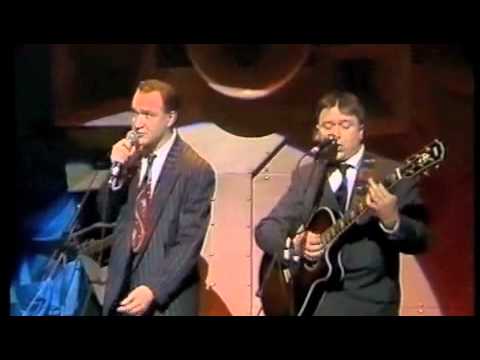 Best place for us is the Cabaret Tent so that’s where we go, lying on the rough hessian carpeting, smoking doobies for hours. When we arrive some hippy woman is singing about clouds of love or something. Emmeline quickly passes out. The compere, who fronted this tent for years but whose name escapes me, tells us that every time anyone says the word “America” we must shout “Bollocks!”. We eagerly do. A parade of acts passes before us, punk-poet Attila the Stockbroker, well-meaning but forgettable folkies, a bitterly funny Irish accordion player, Skint Video (above right), a duo whose London geezer beer boy persona, parody songs, vicious satire and sharp political edge adds up to a tightly rehearsed, speeding Eighties alt-comedy treat. Reviving laughter is just what’s needed.
Best place for us is the Cabaret Tent so that’s where we go, lying on the rough hessian carpeting, smoking doobies for hours. When we arrive some hippy woman is singing about clouds of love or something. Emmeline quickly passes out. The compere, who fronted this tent for years but whose name escapes me, tells us that every time anyone says the word “America” we must shout “Bollocks!”. We eagerly do. A parade of acts passes before us, punk-poet Attila the Stockbroker, well-meaning but forgettable folkies, a bitterly funny Irish accordion player, Skint Video (above right), a duo whose London geezer beer boy persona, parody songs, vicious satire and sharp political edge adds up to a tightly rehearsed, speeding Eighties alt-comedy treat. Reviving laughter is just what’s needed.
Les Bubb (below left) is on next. Him I know. He’s been on telly a bit, notably on a defunct Eighties show called Friday Night Live. His schtick is surreal comedy mime, which sounds naff but, clad in a black suit, he’s fast and funny, combining a cartoon Samuel Beckett dynamic with slapstick, culminating in his most famous turn, distorting his face with multitudes of elastic bands. He receives a standing ovation which, considering the state of people in this giant marquee, is quite a feat.
 Once we’re standing, we might as well start walking. I drop the remaining acid from Friday and we hit the Big Top in the circus field. As the insides of my teeth start to tingle a woman flops about on a trapeze, relating the story of Jonathan Livingstone Seagull. This does not do it for me. As my hair follicles begin to audibly rustle an acrobatic performance artist called Fluke leaps around, followed by a clown in a wacky and unfunny car that keeps falling to pieces. This isn’t working. I can see entities in the air. I need release.
Once we’re standing, we might as well start walking. I drop the remaining acid from Friday and we hit the Big Top in the circus field. As the insides of my teeth start to tingle a woman flops about on a trapeze, relating the story of Jonathan Livingstone Seagull. This does not do it for me. As my hair follicles begin to audibly rustle an acrobatic performance artist called Fluke leaps around, followed by a clown in a wacky and unfunny car that keeps falling to pieces. This isn’t working. I can see entities in the air. I need release.
Dragging Emmaline and Quail with me, we trek around. A stall is selling Magic Eye pictures. These are computer-generated images, formally known as autostereograms. On the surface they look like messy, repetitive cyber-psychedelic art, bad Bridget Riley, but if you stare at them, 3D images supposedly bulge forth. An old housemate creates and sells these but they’ve never done anything for me. Until today. As I ogle one with my zapped retinas, the outline of a dolphin suddenly bubbles up, layered on top of the card. I am so pleased I feel as if I’ve passed an exam. I start babbling.
Quail and Emmeline pull me onwards and we find an early evening acid house party by a big screen with visuals on it. I dance while they flop. There are a couple of other people dancing but what I’ve not realised is that this is actually the Glastonbury cinema area. Although I am not on an E, it’s my first time as one of those – quite common at festivals and outside clubs in the early-Nineties – who would basically dance to a pelican crossing’s bleeps, if necessary, to achieve the dancing release they’re after. Soon the music is replaced by old Warner Brothers cartoons which my marinating brain is gleeful to see but then on comes Dead Poets Society.
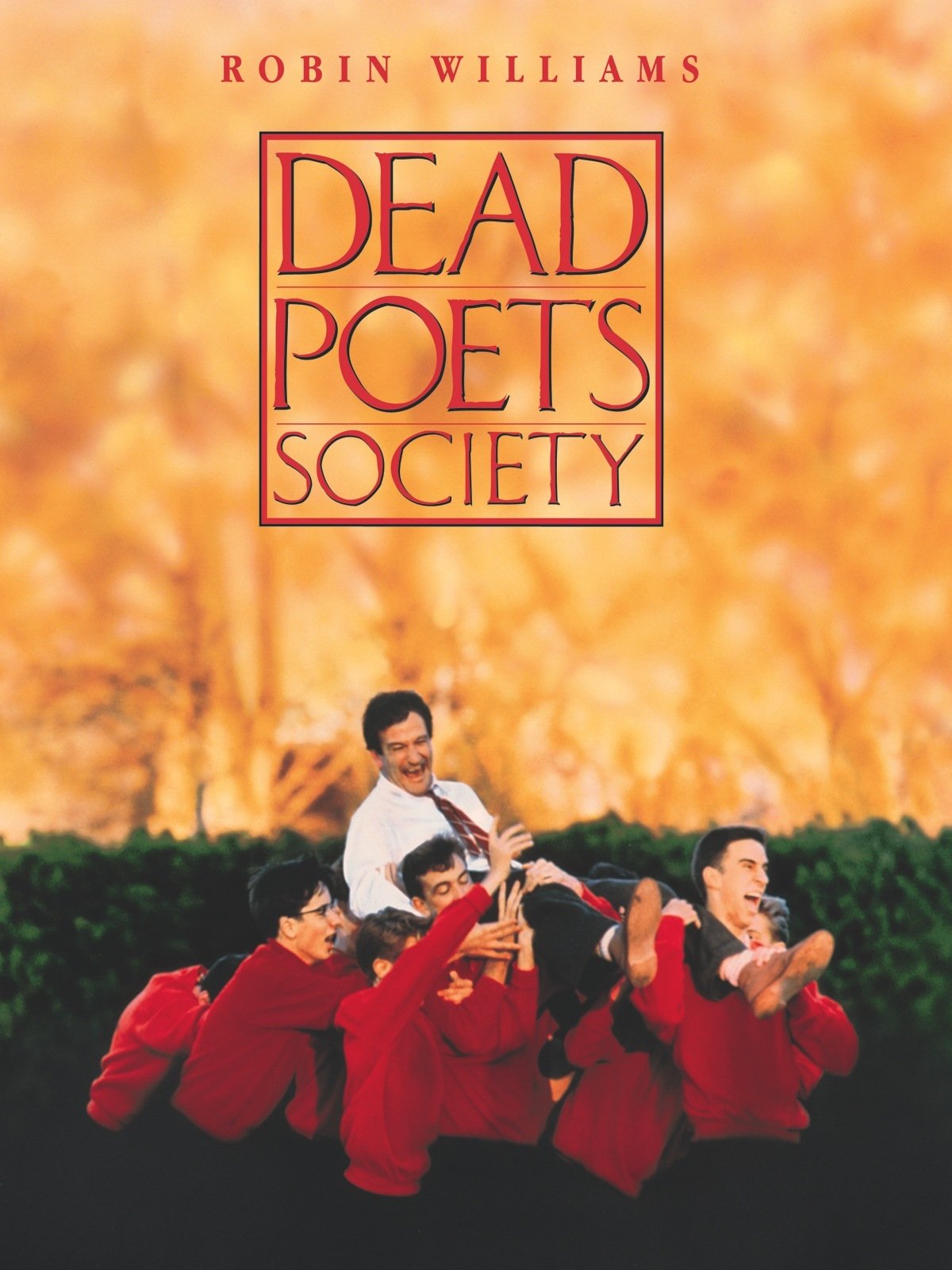 I am not sure what to do as my compadres are slumped and seem happy to stick with this. Since his unexpected and tragic death in 2014, it’s not been fashionable to suggest that Robin Williams’ Hollywood career is defined as much by syrup-schmaltzy sentimentalism as by his comedic skills, but I am far from a fan. After a while of his “Oh captain, my captain” schtick on acid, I stumble away, Quail leaves us to try and locate her mates and Emmeline rouses herself to force me to eat food.
I am not sure what to do as my compadres are slumped and seem happy to stick with this. Since his unexpected and tragic death in 2014, it’s not been fashionable to suggest that Robin Williams’ Hollywood career is defined as much by syrup-schmaltzy sentimentalism as by his comedic skills, but I am far from a fan. After a while of his “Oh captain, my captain” schtick on acid, I stumble away, Quail leaves us to try and locate her mates and Emmeline rouses herself to force me to eat food.
After uncannily delicious hot fried breaded mushrooms in pitta bread, which makes my taste ducts explode, I find myself more grounded in this reality, assisted by the extra energy that food gives, a fact the chemically altered often forget. We end up in the Green Deserts Tent, a remnant of the early Eighties free festival scene, itself an extension of Seventies hippies’ desire to drop out of straight society.
A hairy jam band is on in the corner playing wah-wah head music which I jig about to while Emmeline falls asleep on the floor again. After a while, the band retreats further into shadow but keeps playing, the marquee drowns in red light, and an erotic tableau plays out in which half-naked women smeared in paint writhe about. Then the Devil, replete with goatee, horns, and hairy shanks, saliviously appears, a giant dildo-esque penis reaching from his groin, pendulous hairy balls beneath. The women begin wailing and he starts coming at them with it like a bull fighter. It’s all becoming darkly sexual, like the cover of a Dennis Wheatley novel circa 1975, and my lysergic head is starting to freak out. Have I wandered into a coven? Will I be forcibly initiated?
But the Devil never quite gets his way and, as suddenly as this strange scene appears, it is gone, replaced by a cabaret outfit called The Flying Olives. They are supposed to be funny, I think, but are not, however, the fact they’re all covered in luminous bodypaint and the space has switched to ultra-violet lighting makes them pleasingly digestible. Emmeline wakes up and wants to go back to the tent so I walk with her, all quiet, and she passes out fully clothed. I cover her as best I can with her sleeping bag. My mind is far from ready for sleep, though, and I head back out, alone, into pre-Dance Tent Glastonbury.
I locate various stalls still slamming out house sounds, quite probably including the notorious Joe Bananas Blanket Stall, although difficult to be sure, as I danced there so many consecutive years and they’ve all blurred into one. Figures rug-wrapped, like bedraggled desert sages, shuffle at the edge of the dancefloor while the middle is all sweaty bodies with determined eyes. The occasional mumbled, side-mouthed offer of wakeners comes from fleeting spectres of these final hours. Eventually, I quit as smudged light begins to bruise the eastern horizon. I drag myself up the hill to Cockmill Meadow, which is hunkering down for a few hours cracked rest before Monday’s great exodus.
POSTSCRIPT
After we finally parted ways acrimoniously in early 1991, I saw Emmeline again briefly in 1994 when she visited me for a platonic and cheerful weekend in Brighton but, always fiery, shortly afterwards she broke off relations when I started dating a woman of whom she disapproved. I have not seen or spoken to her since. Quail is happily settled in western Berkshire, an artist whose medium is ceramics and whose work is finally starting to receive the recognition it deserves. She is also a wife, a teacher and mother to two feisty daughters. I see her often. I am Caspar Gomez. I continue to write and to attend festivals. Glastonbury remains my favourite. By some distance.

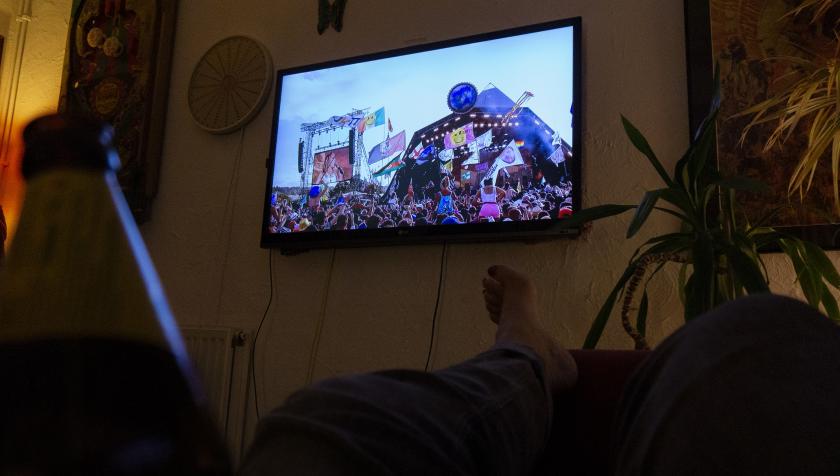




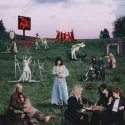

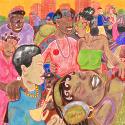

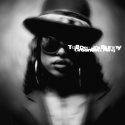


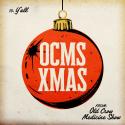
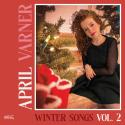
Add comment